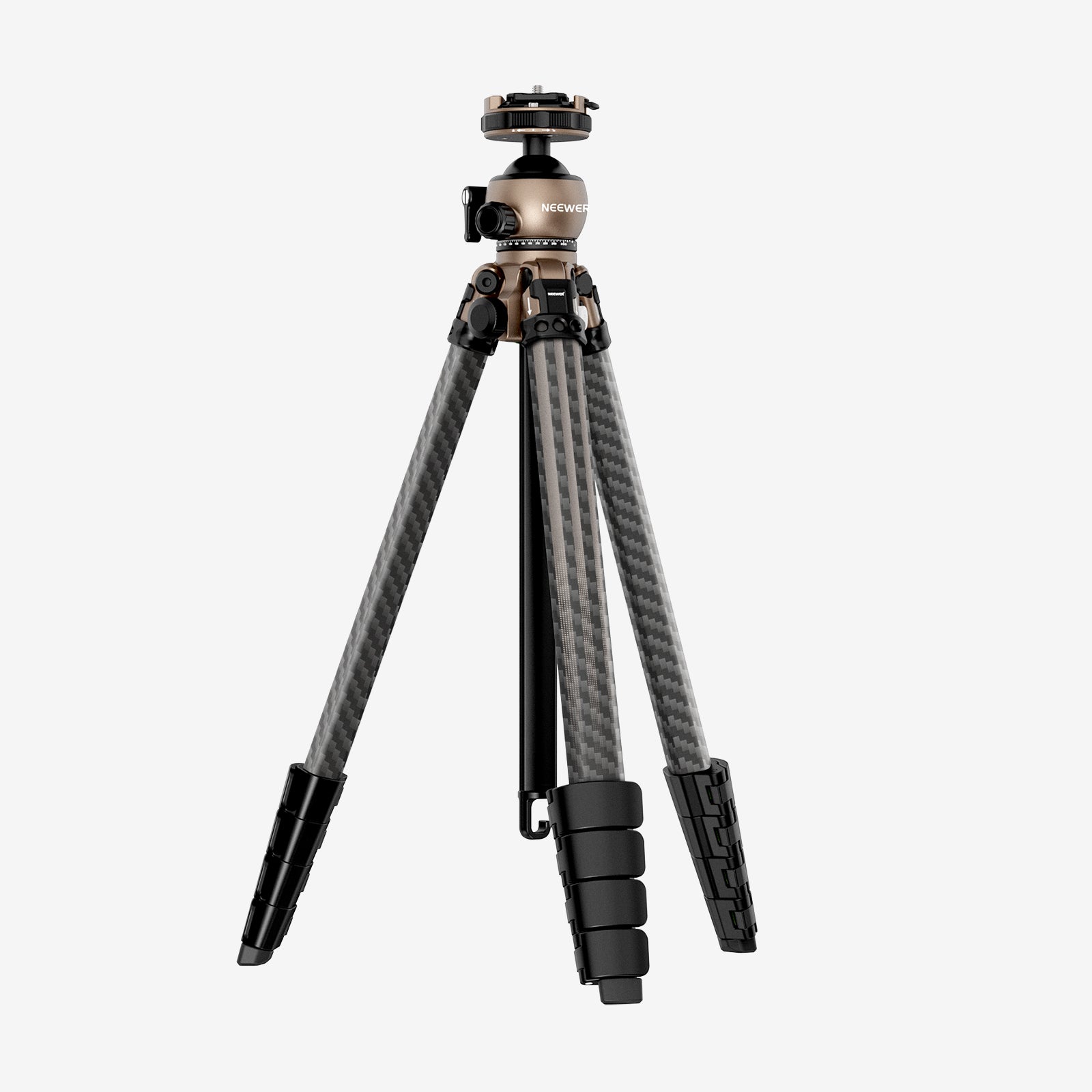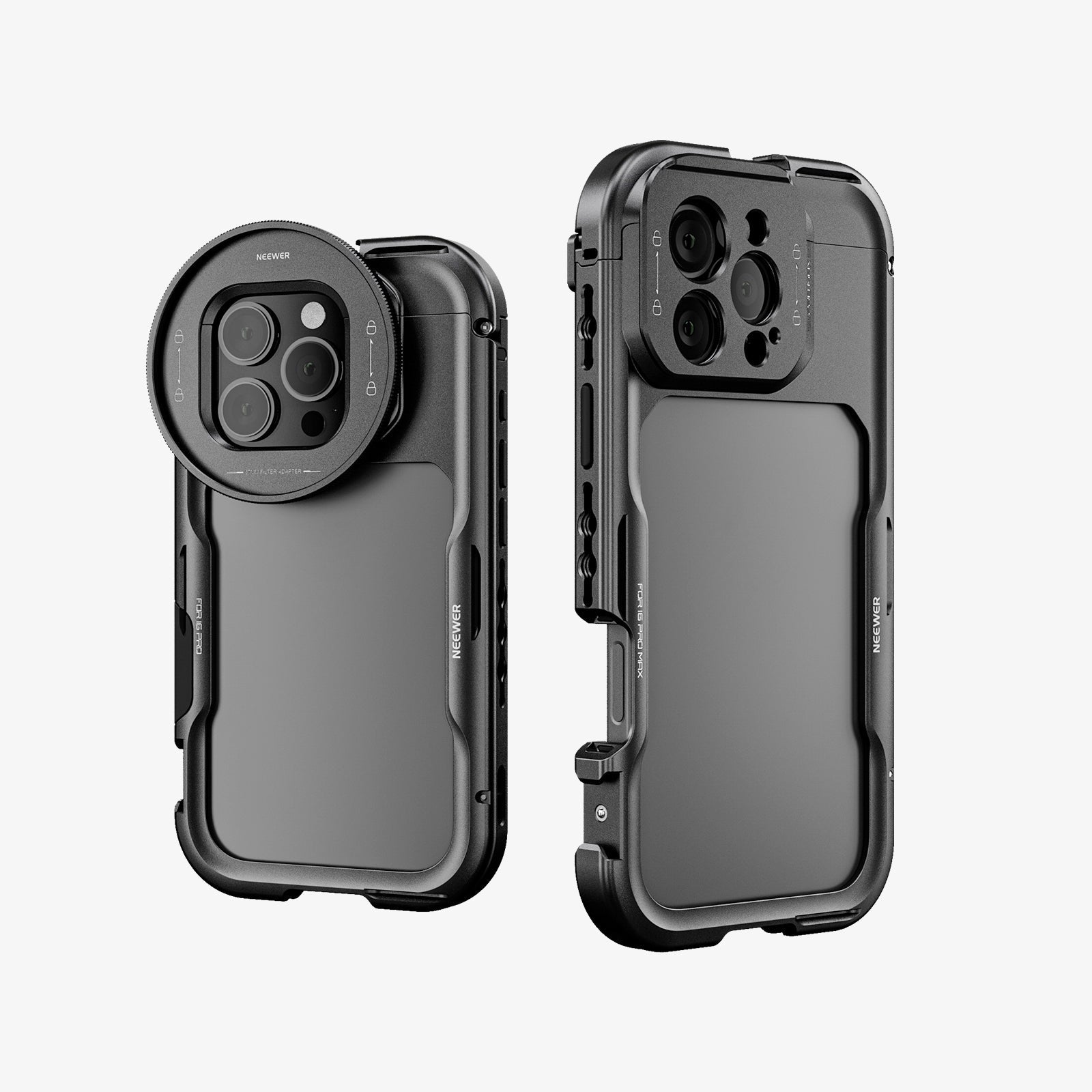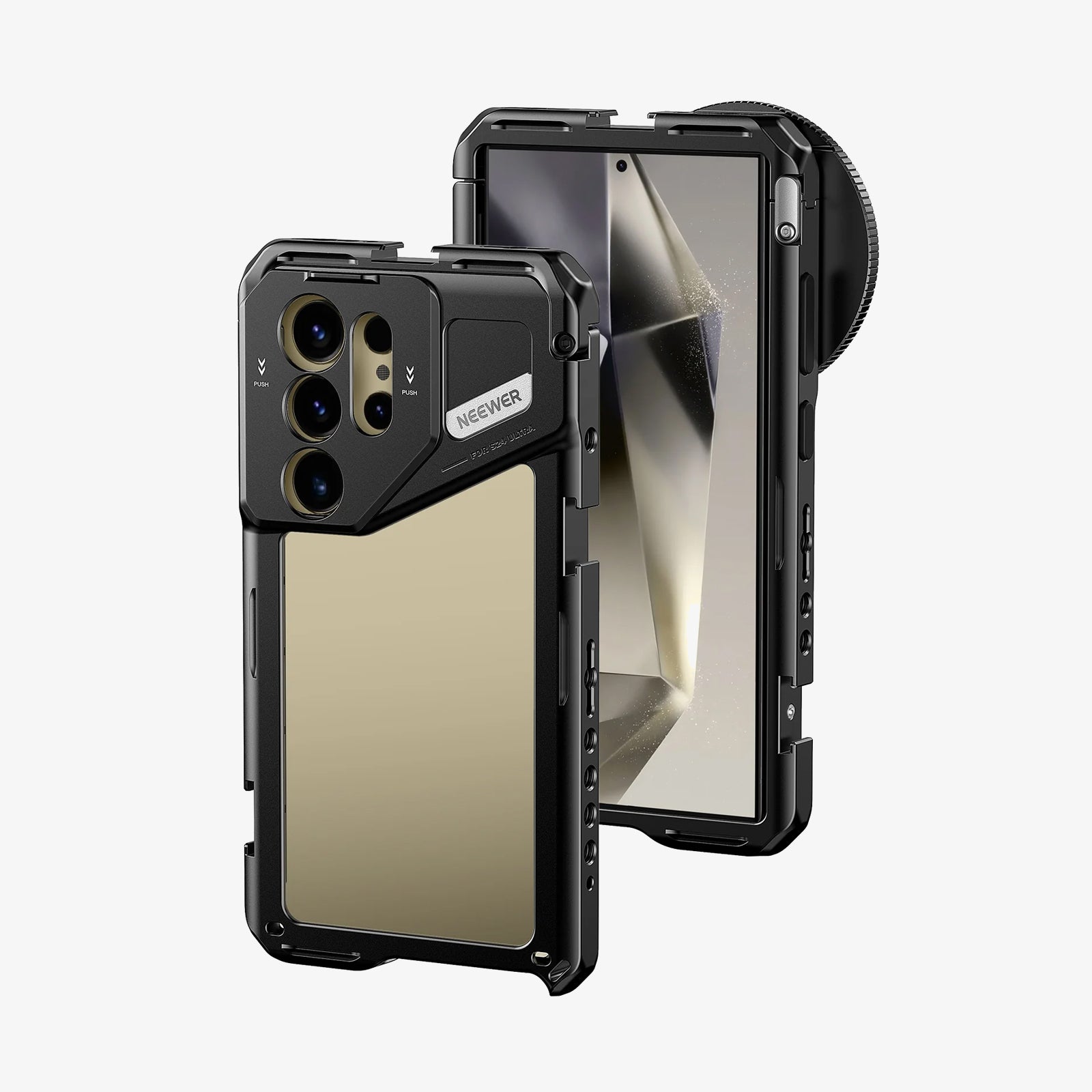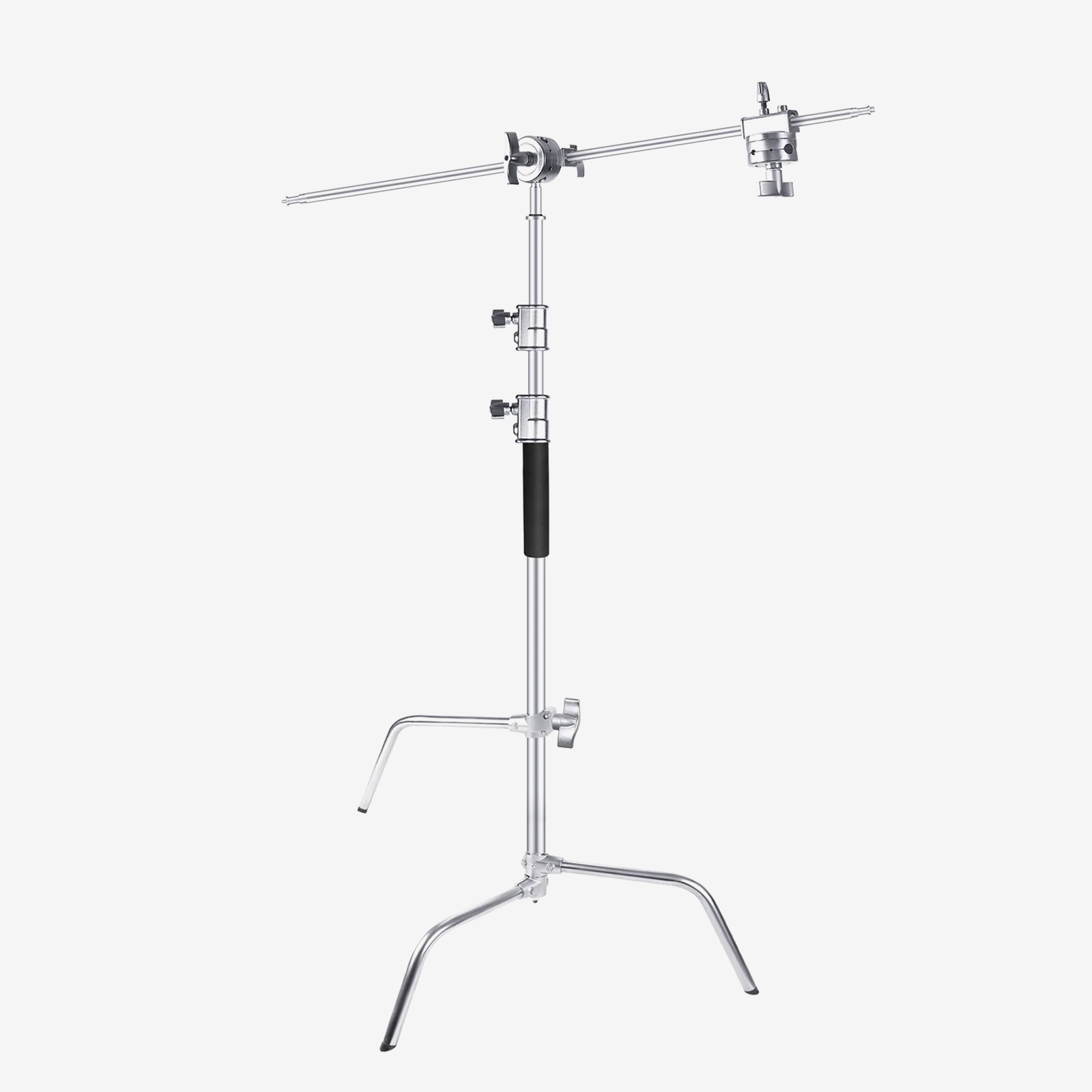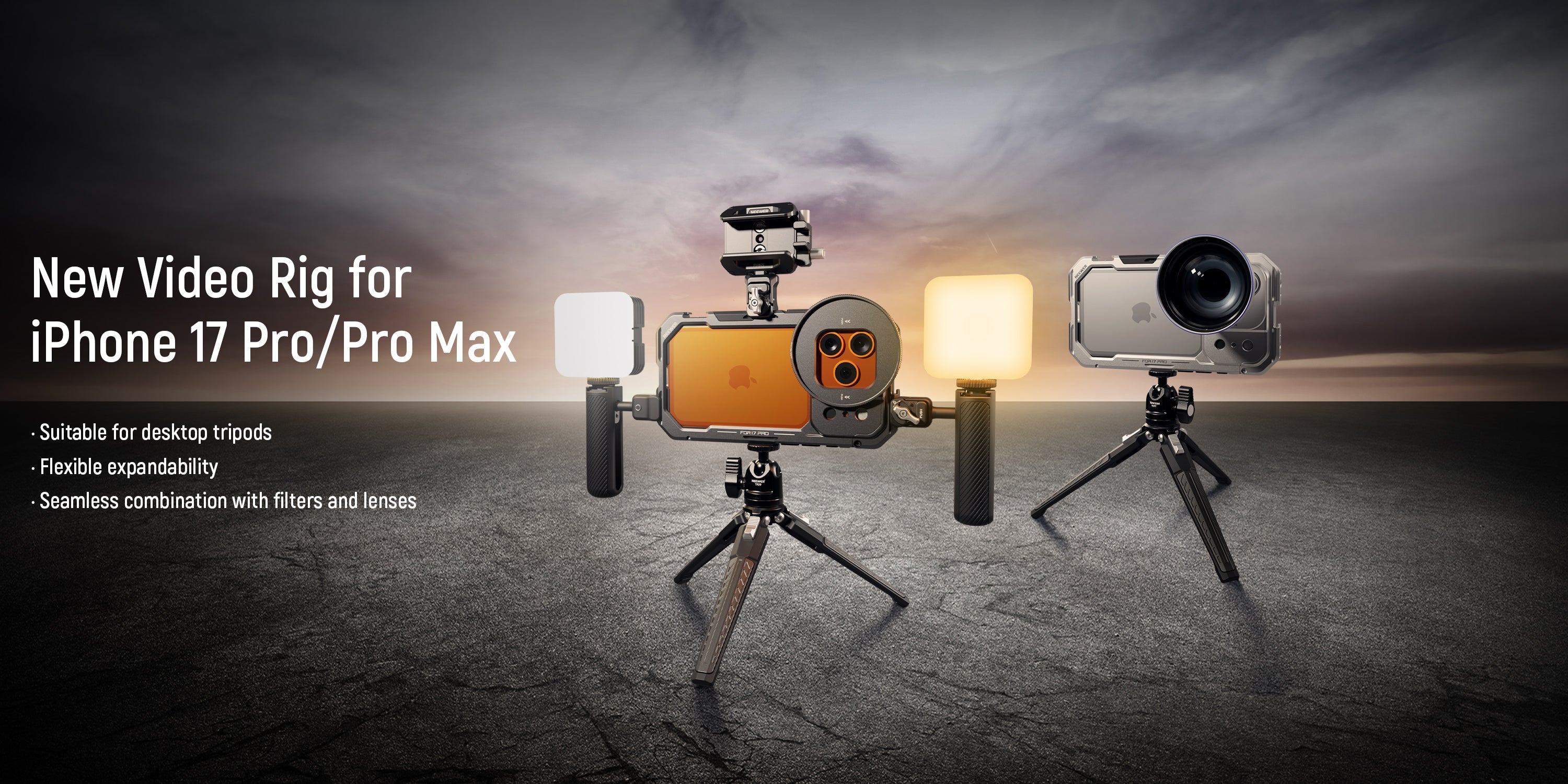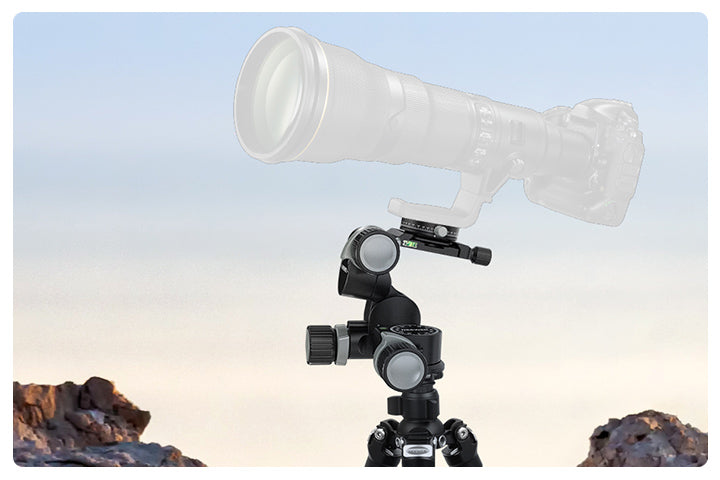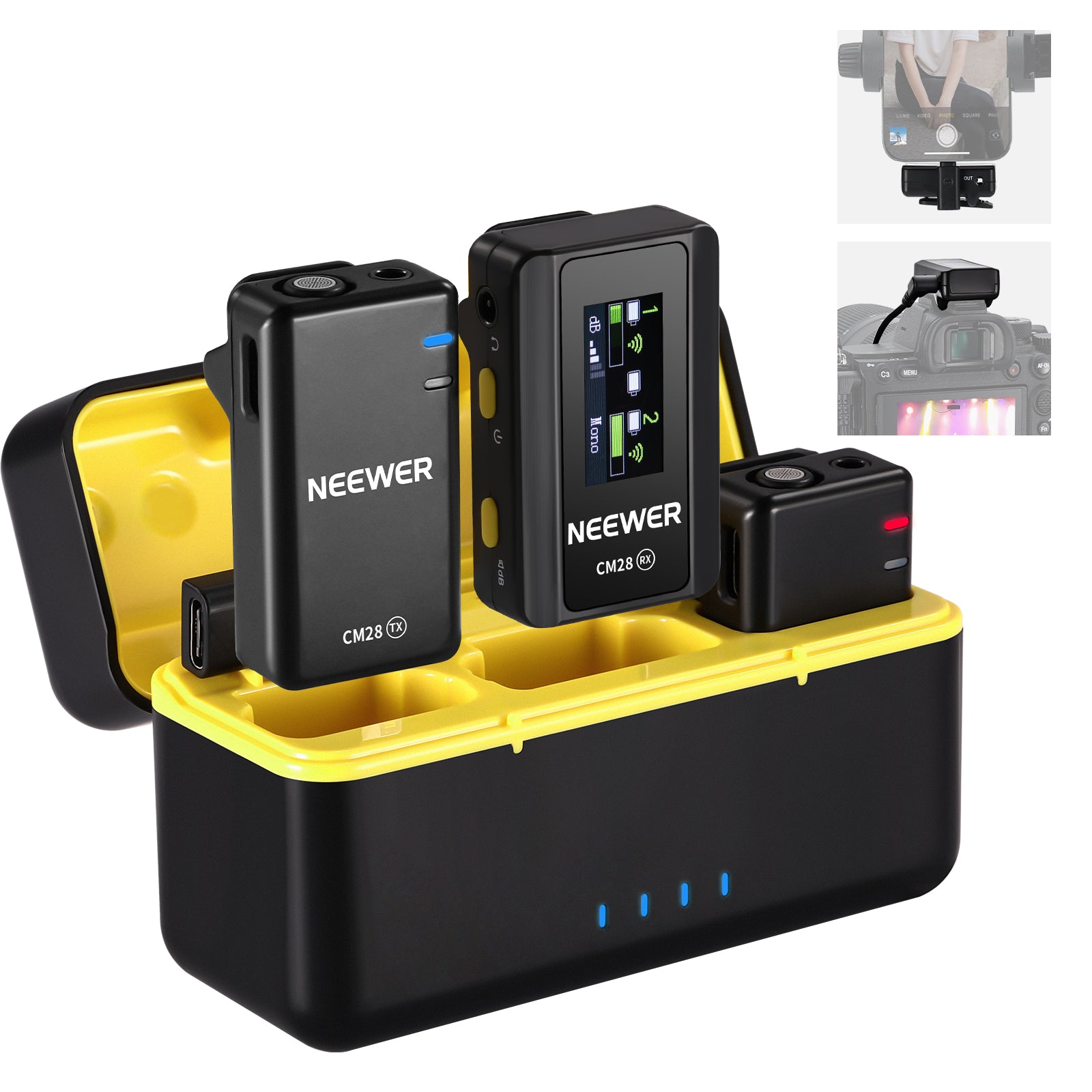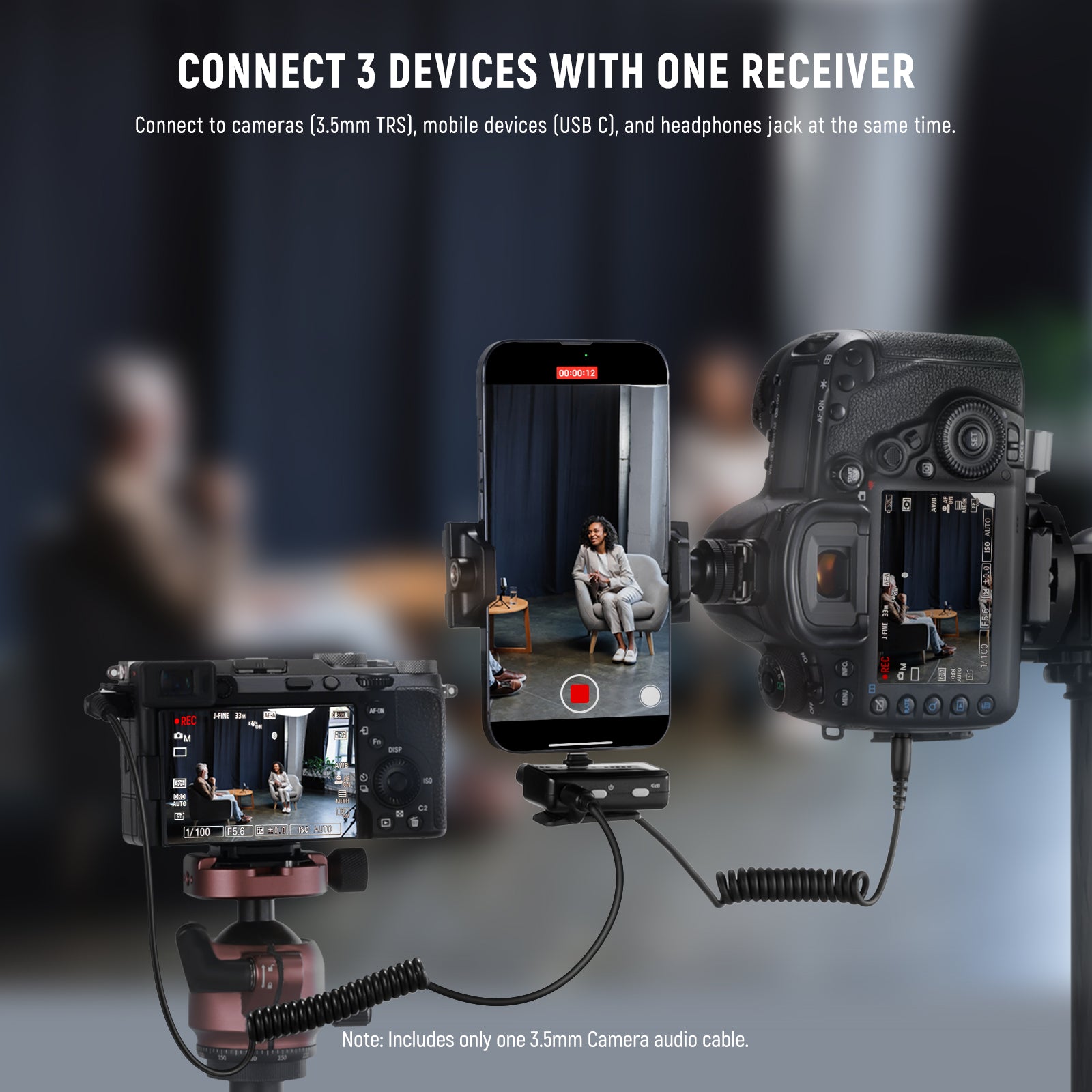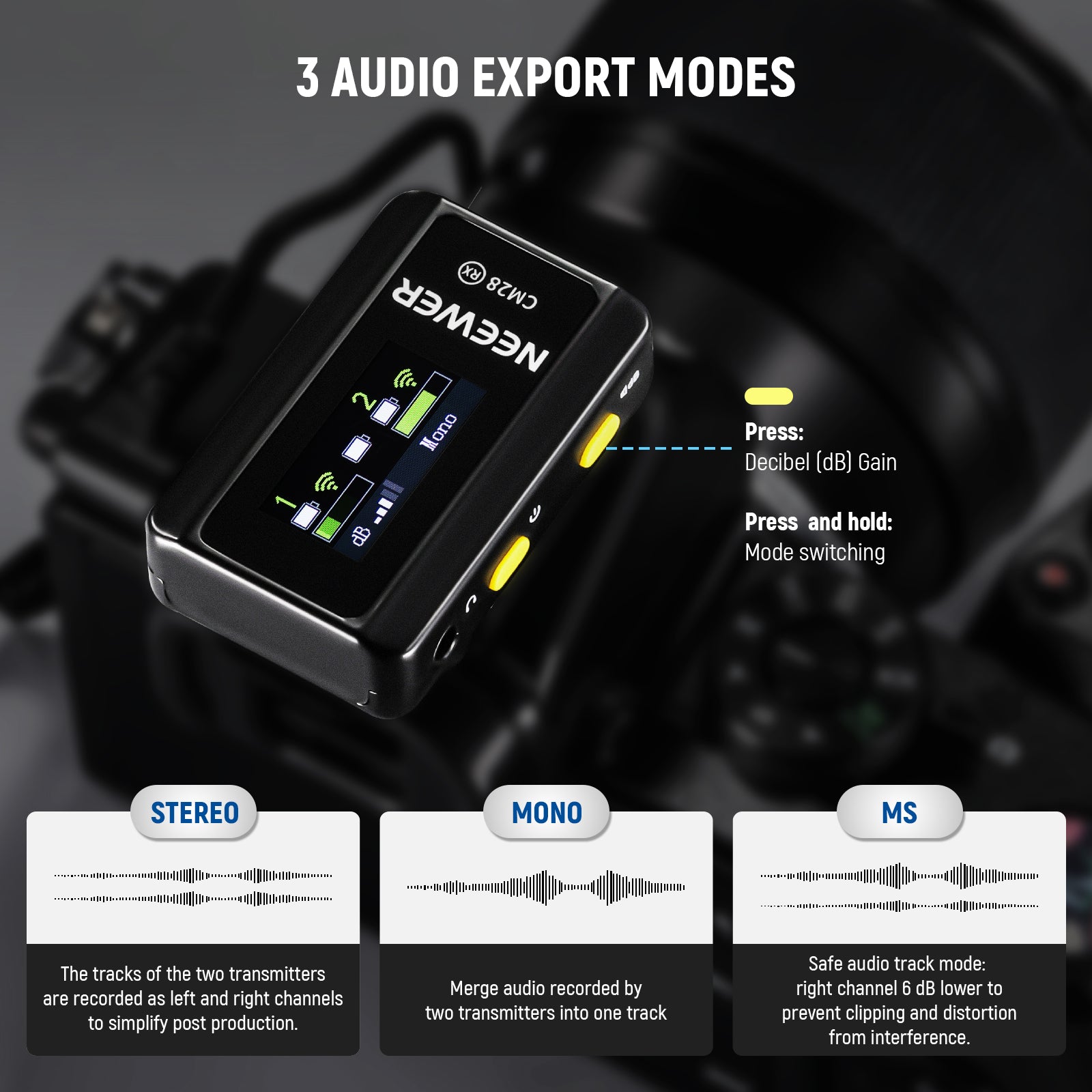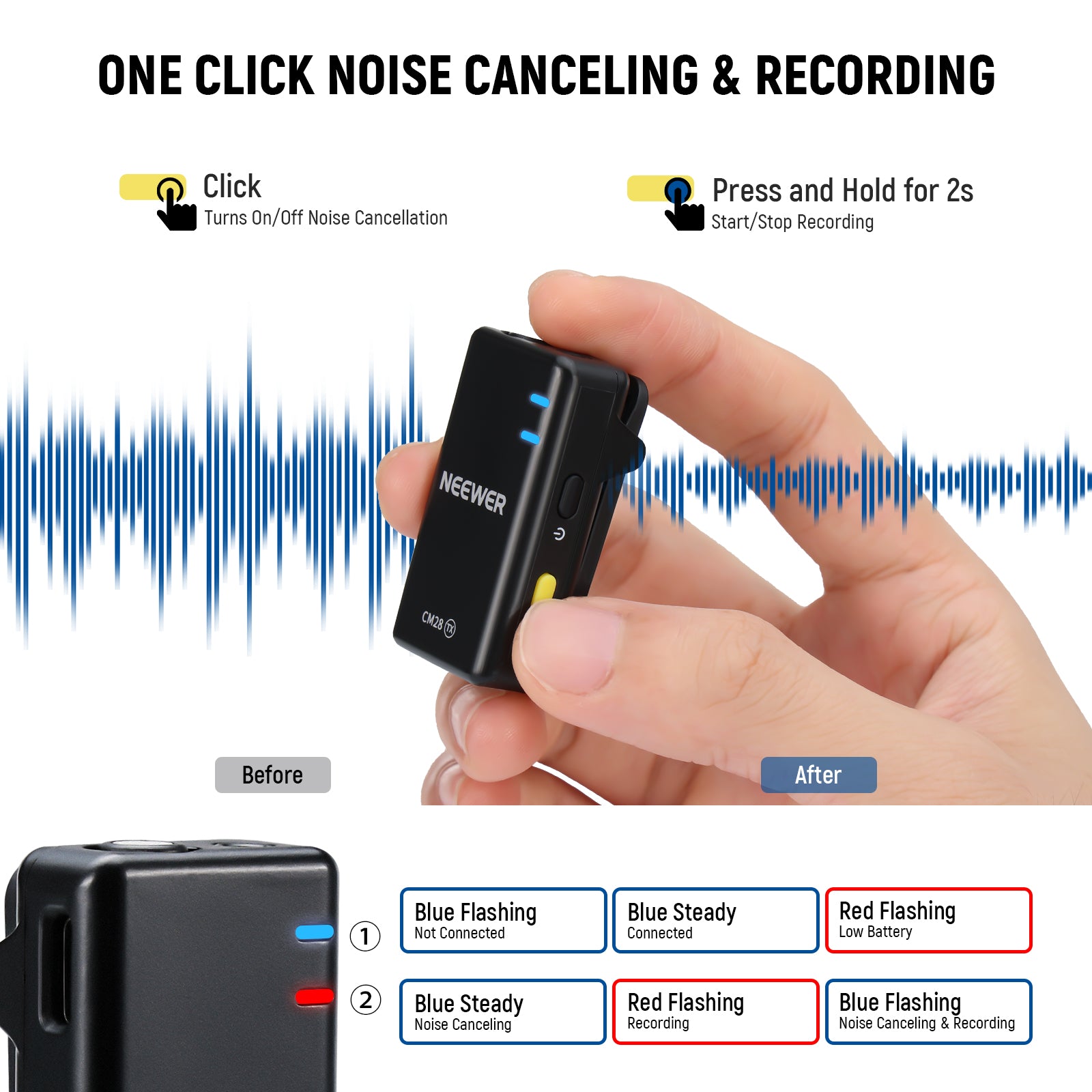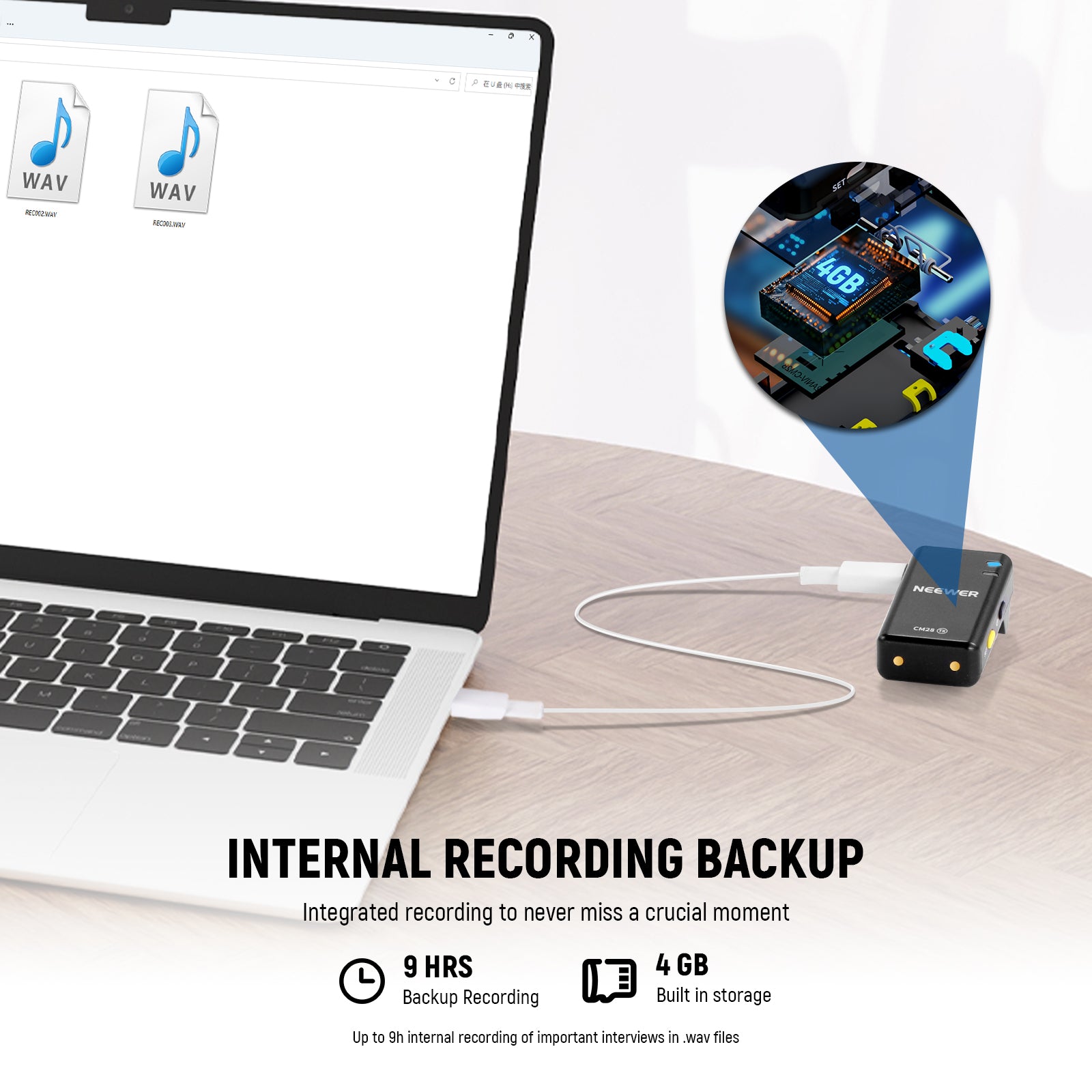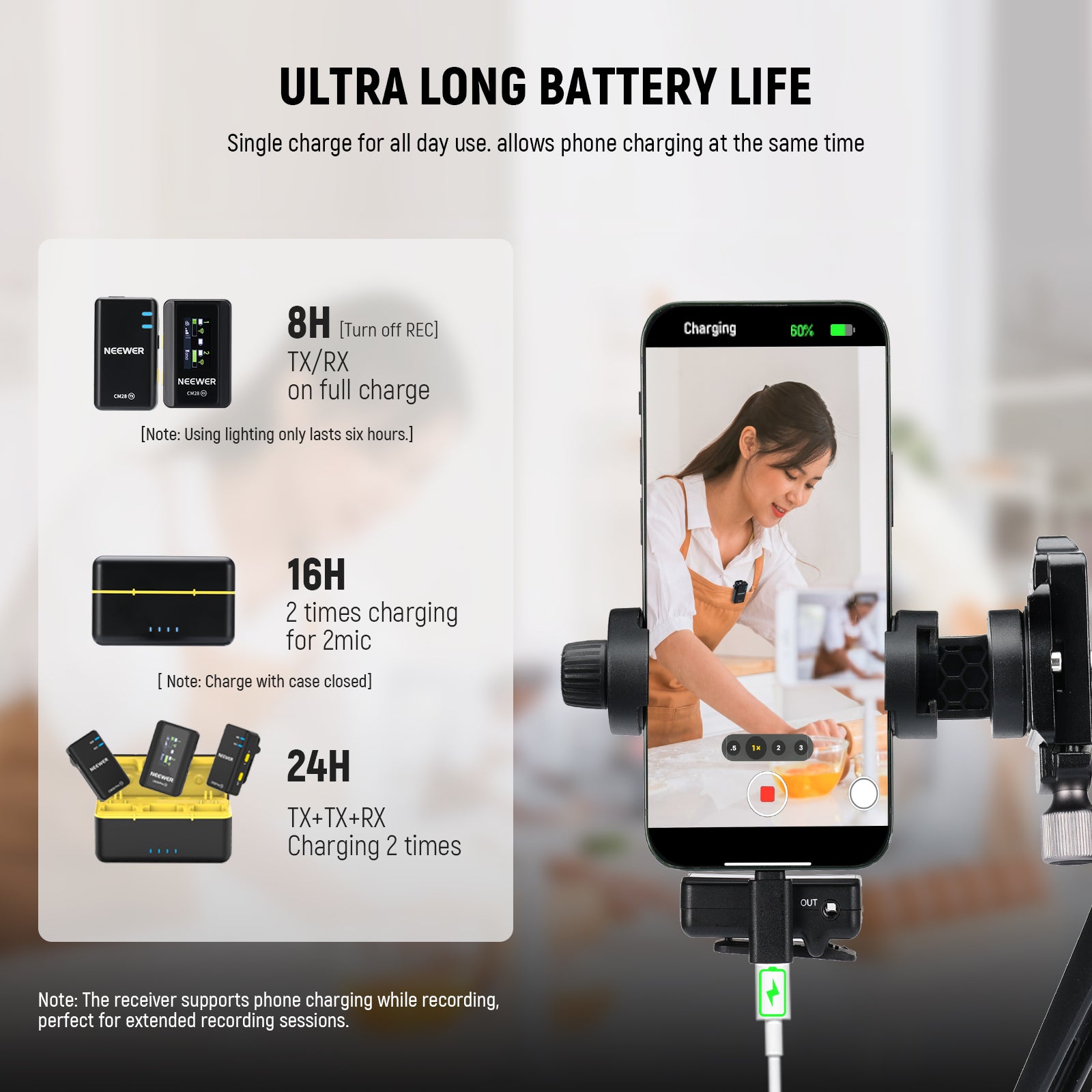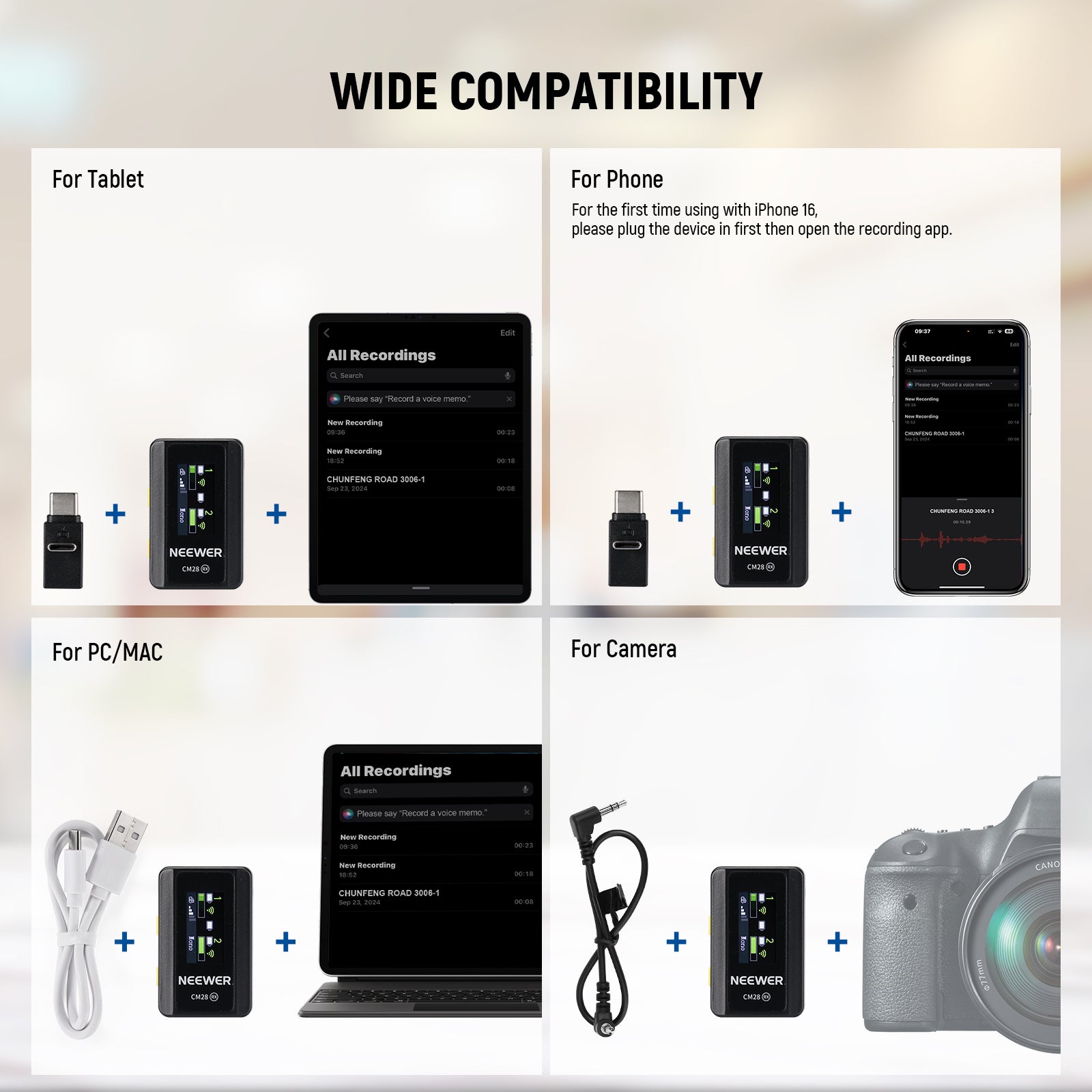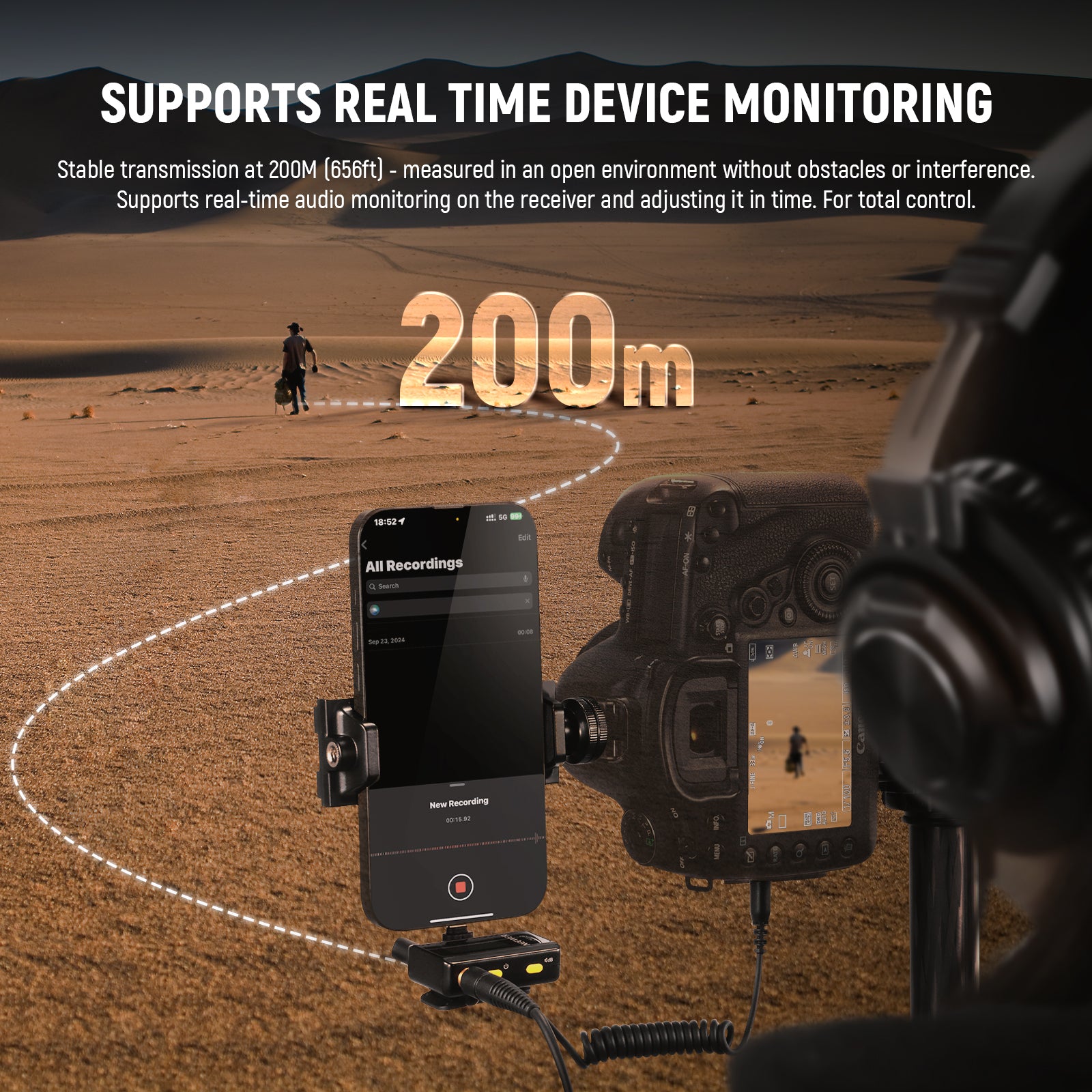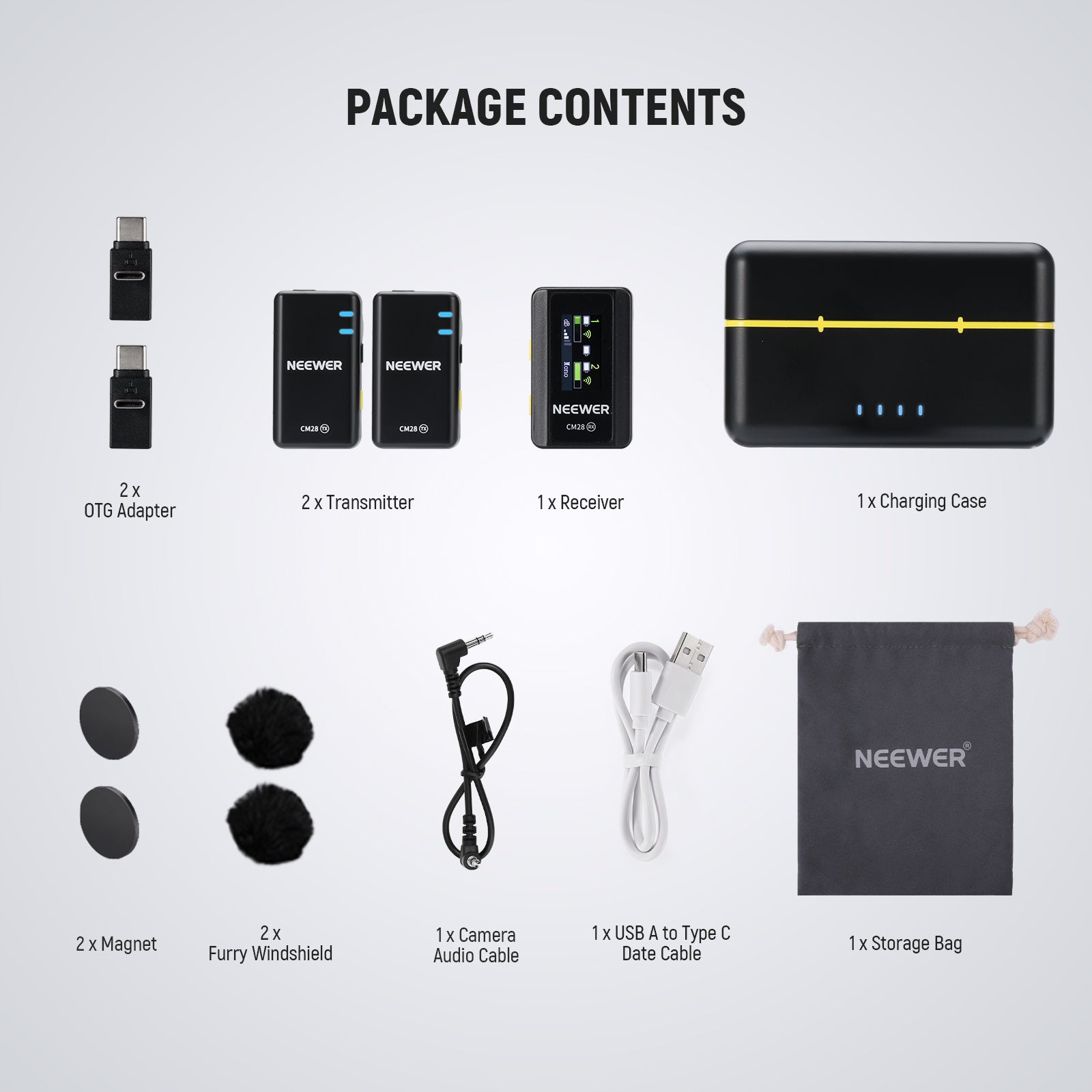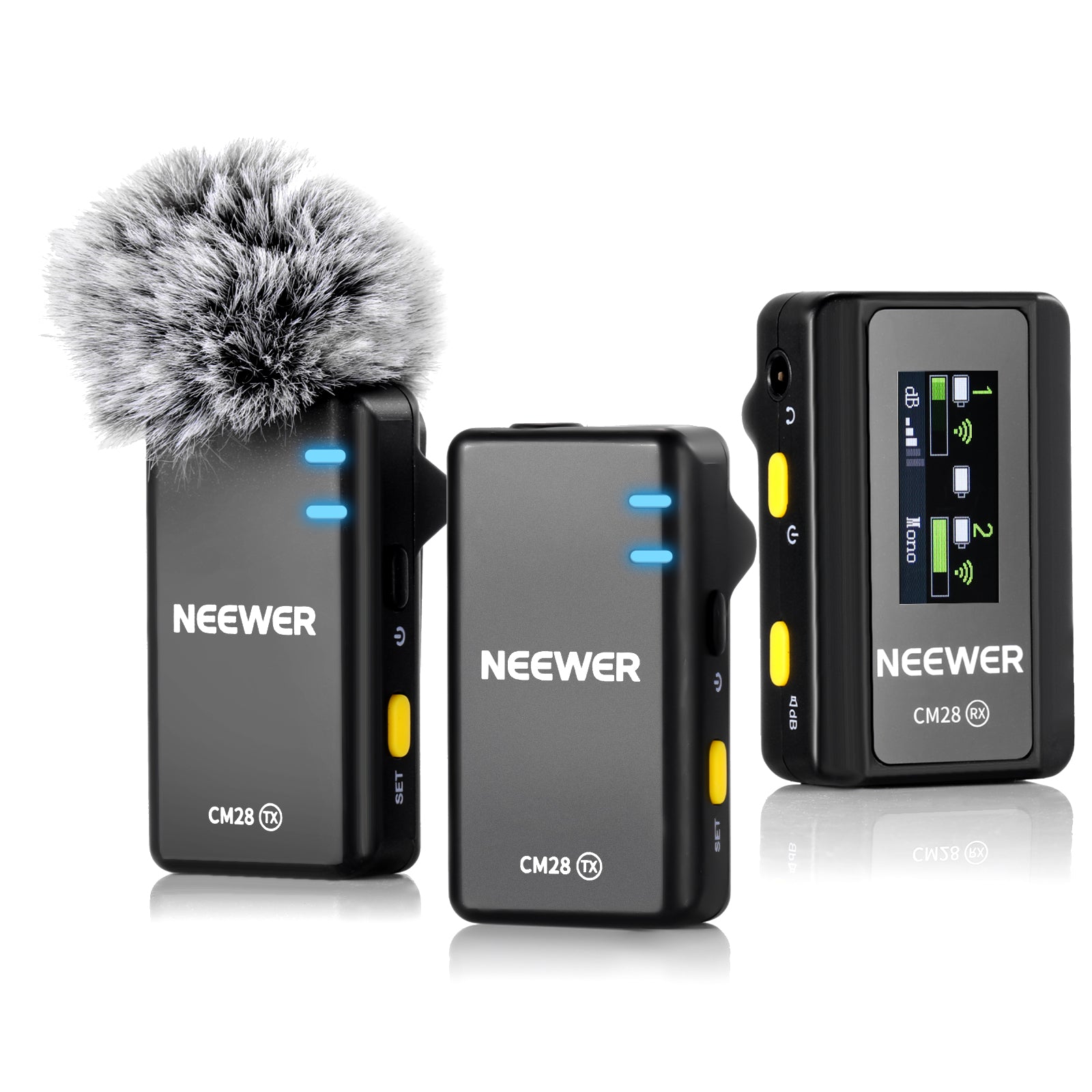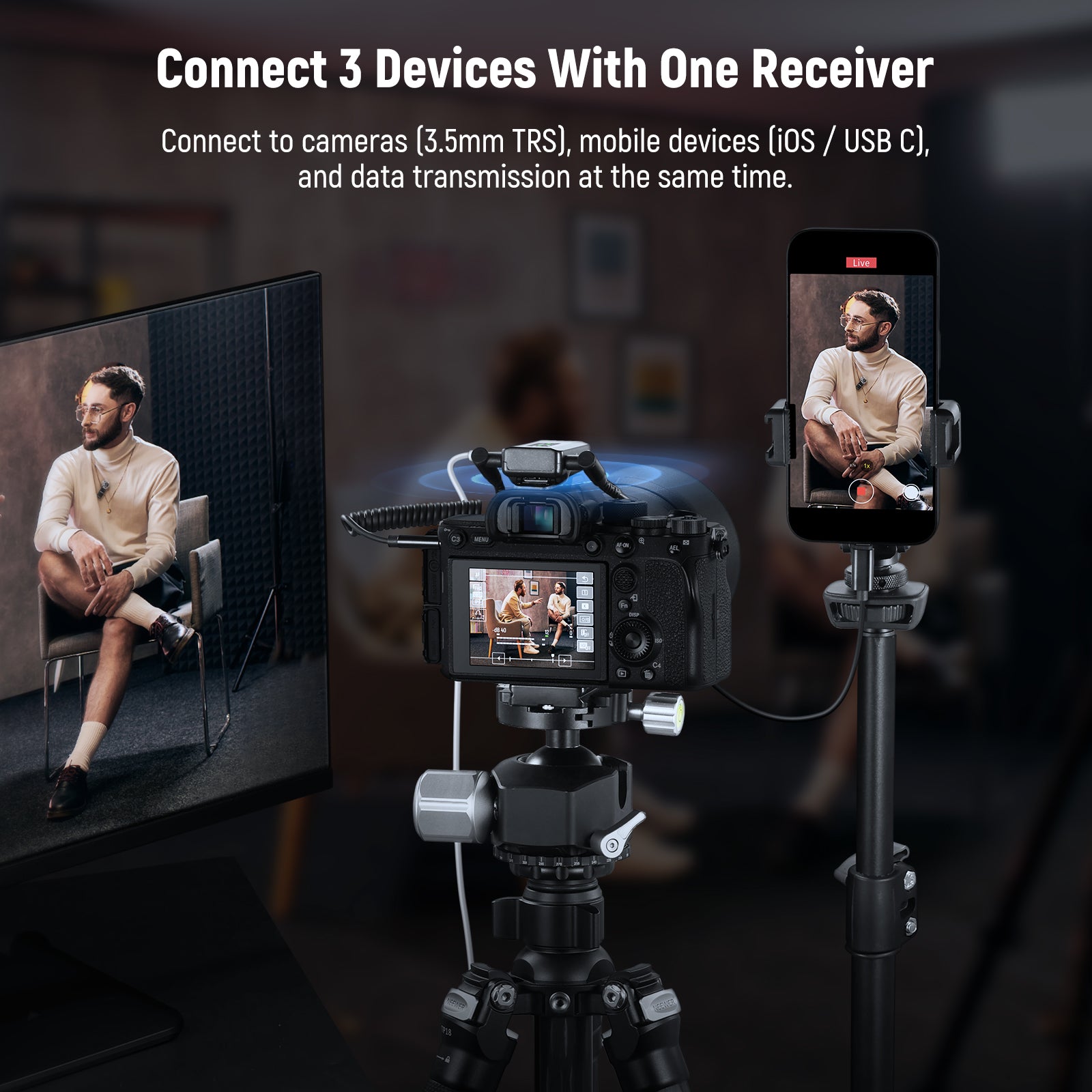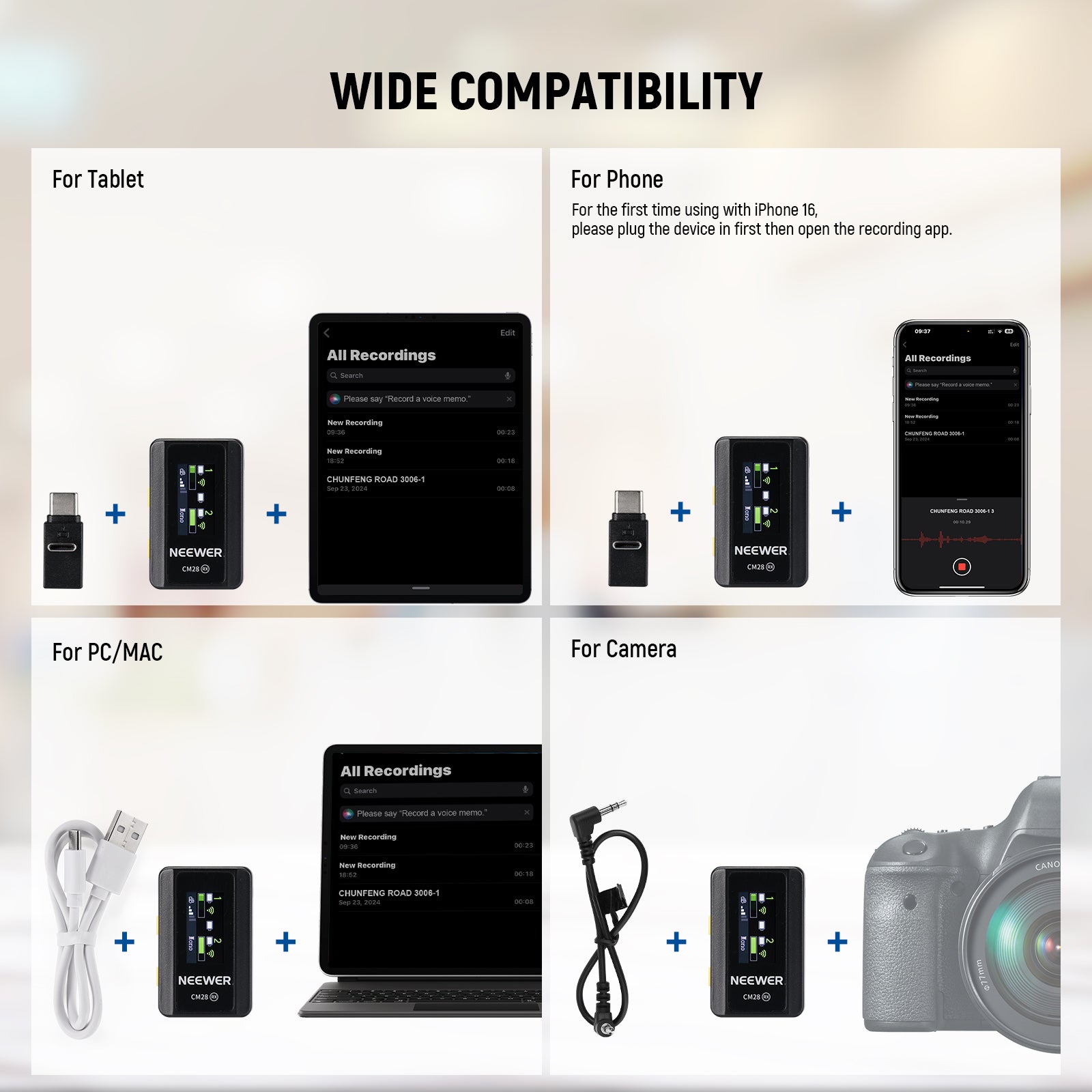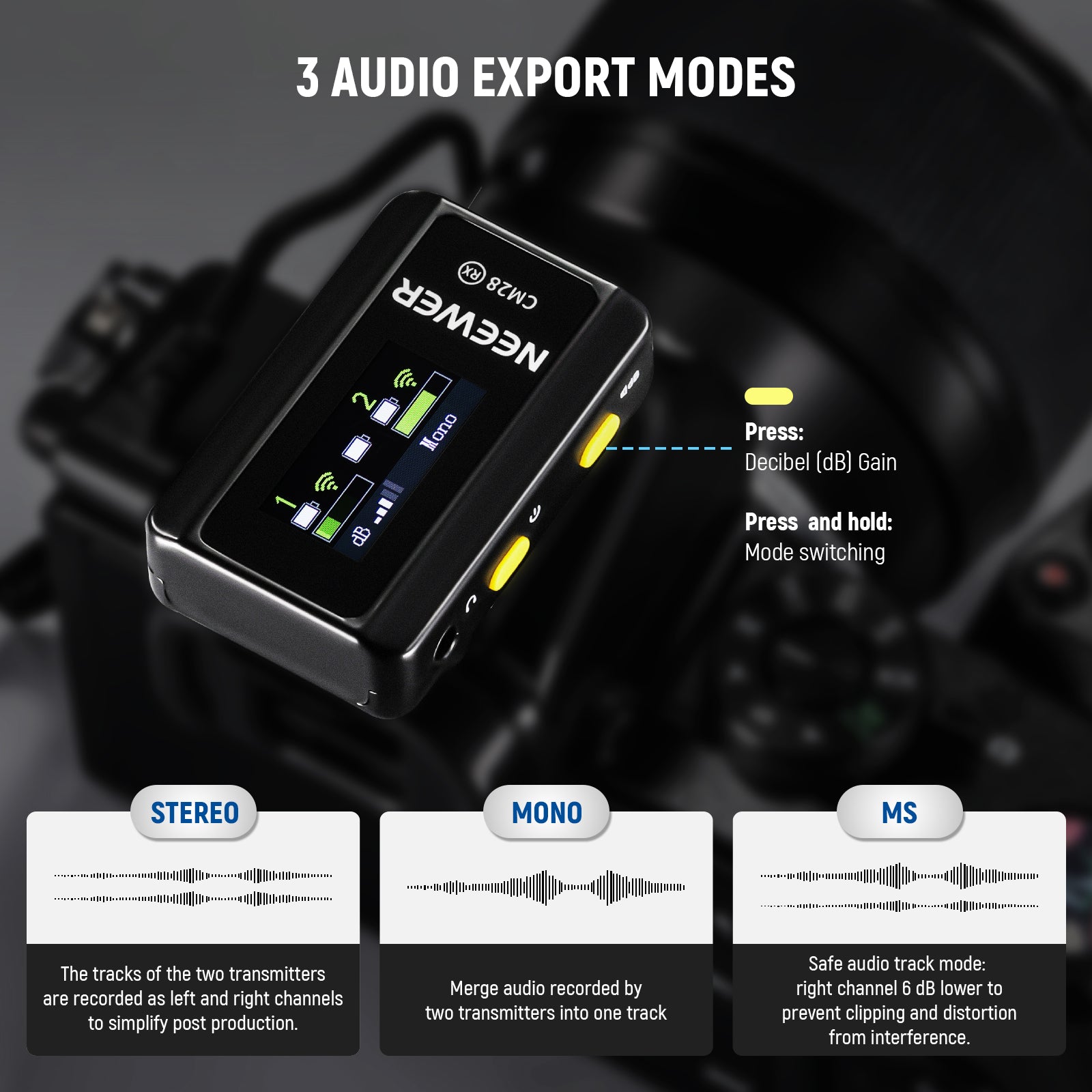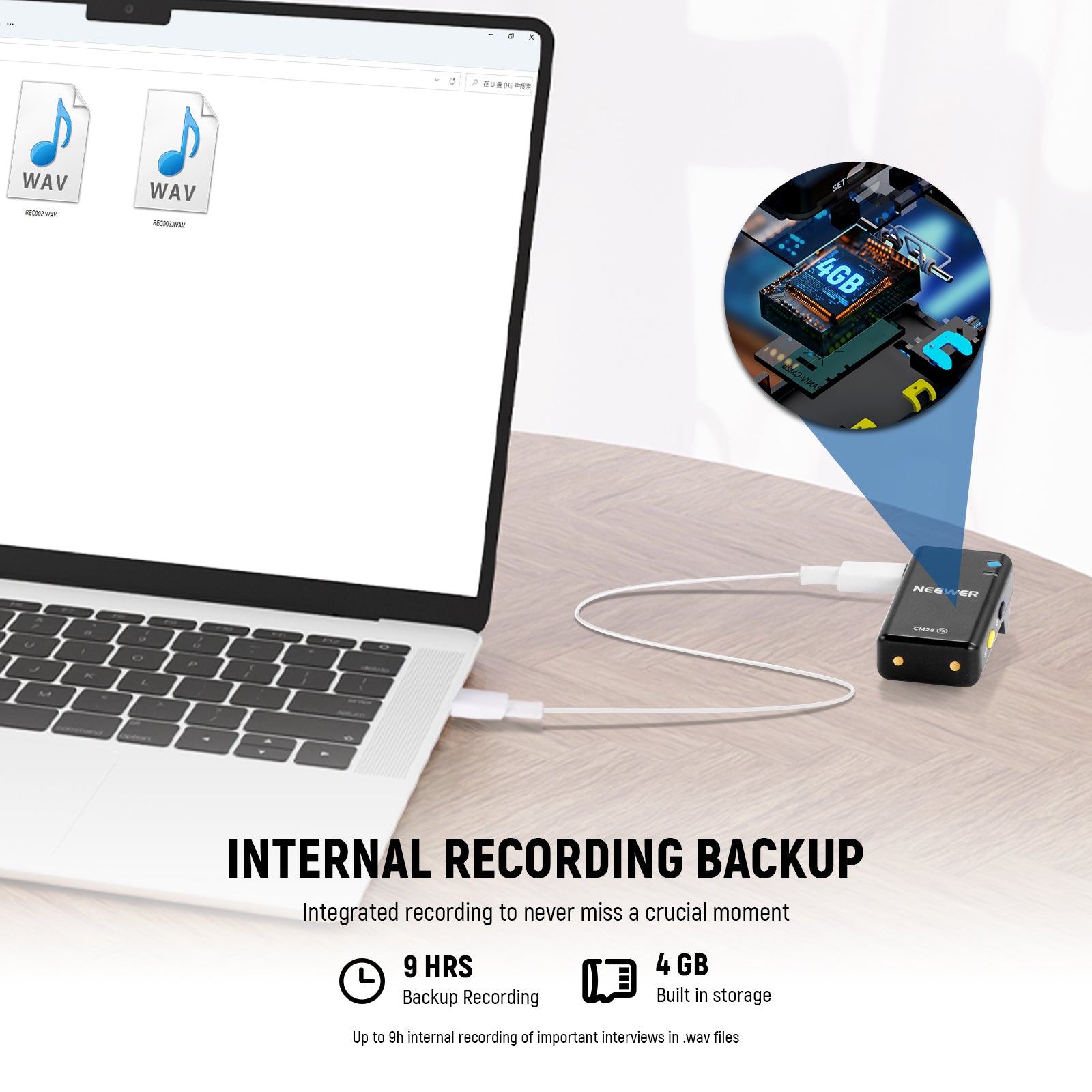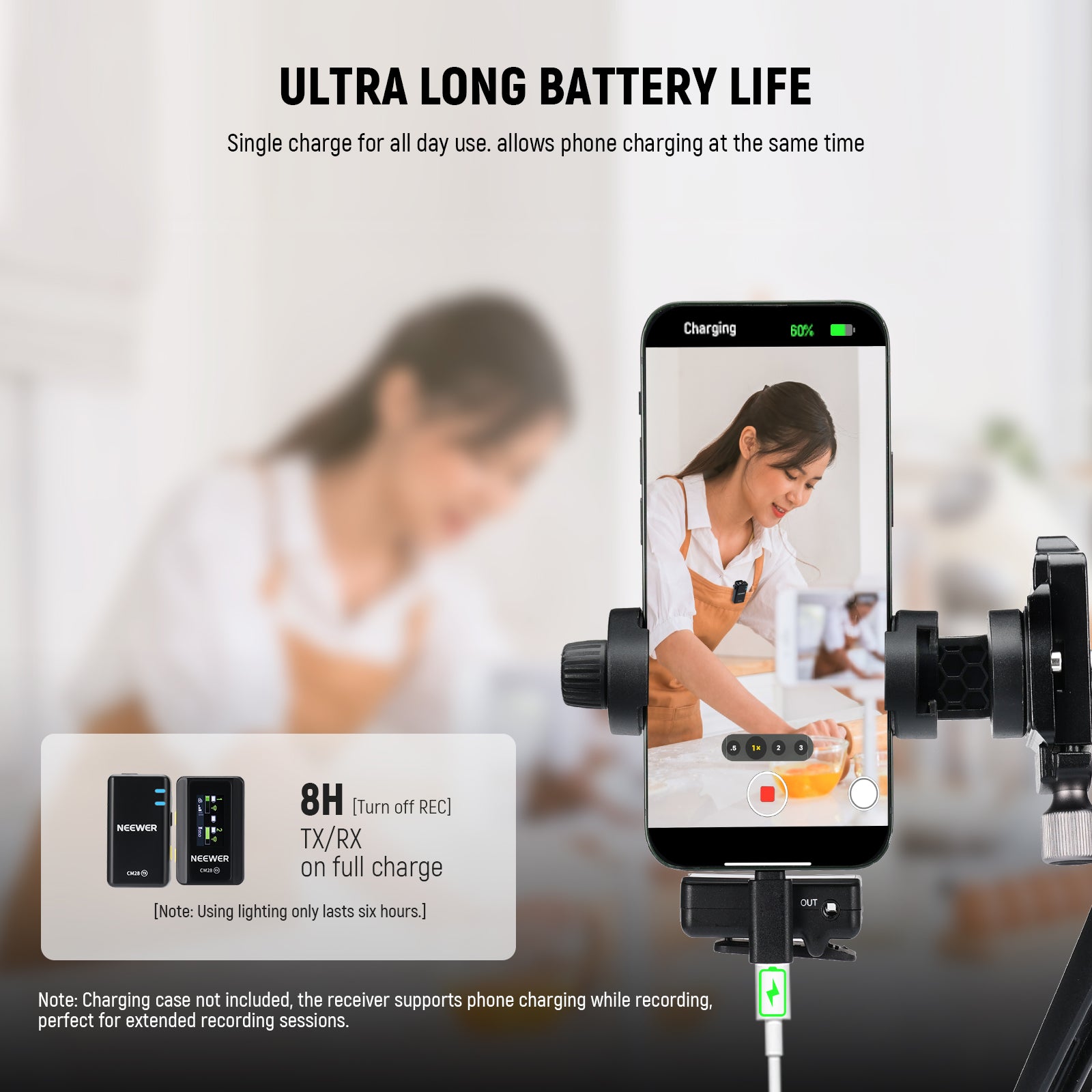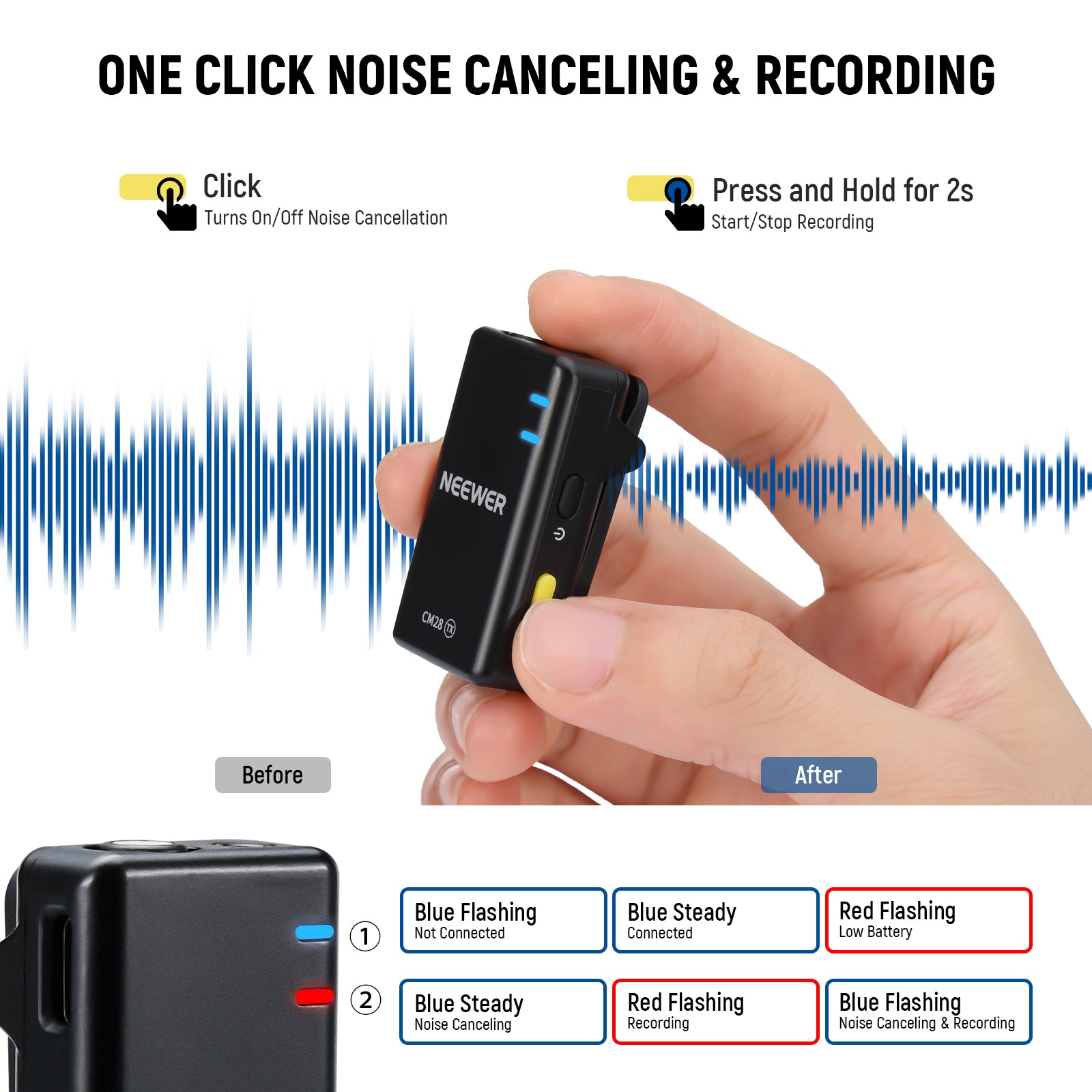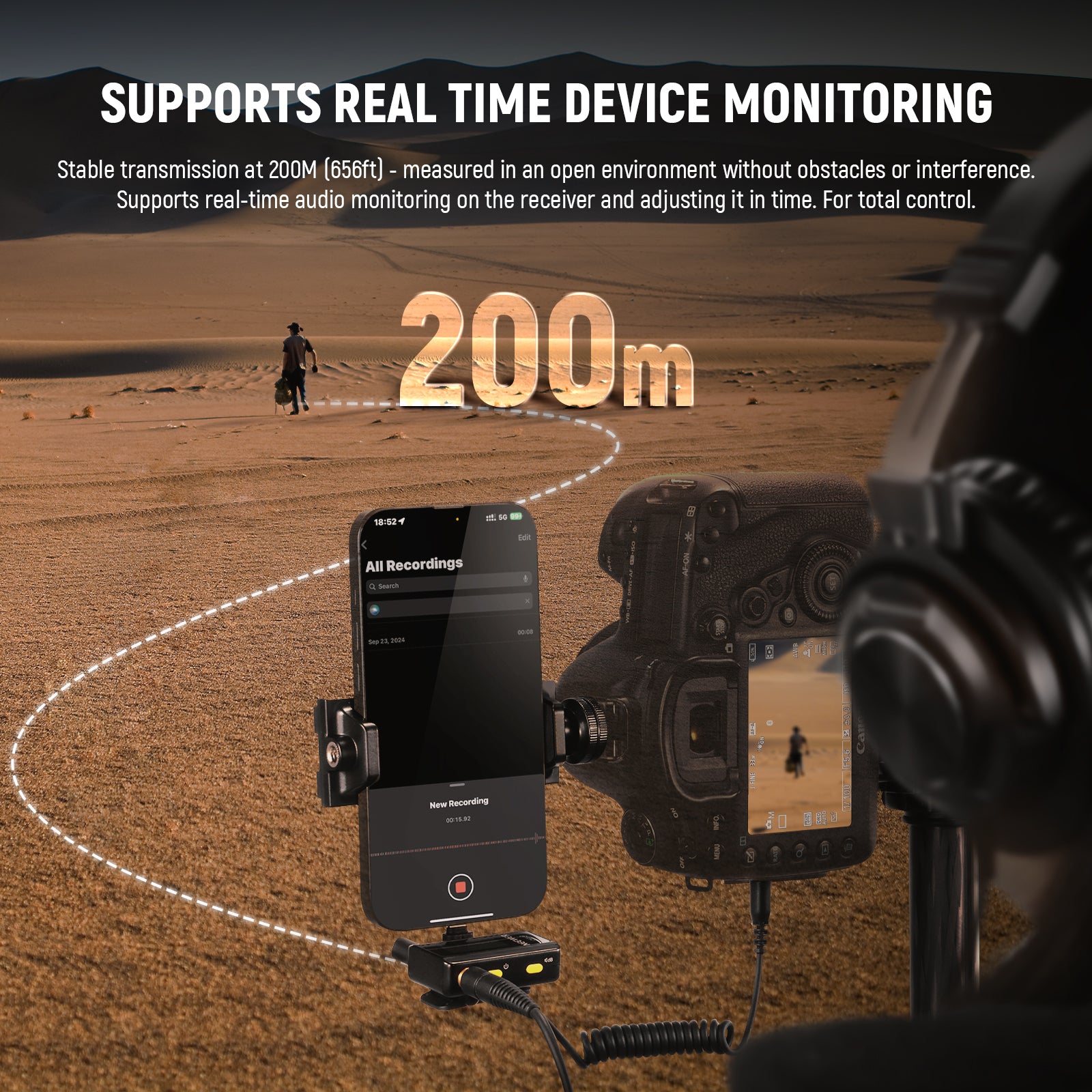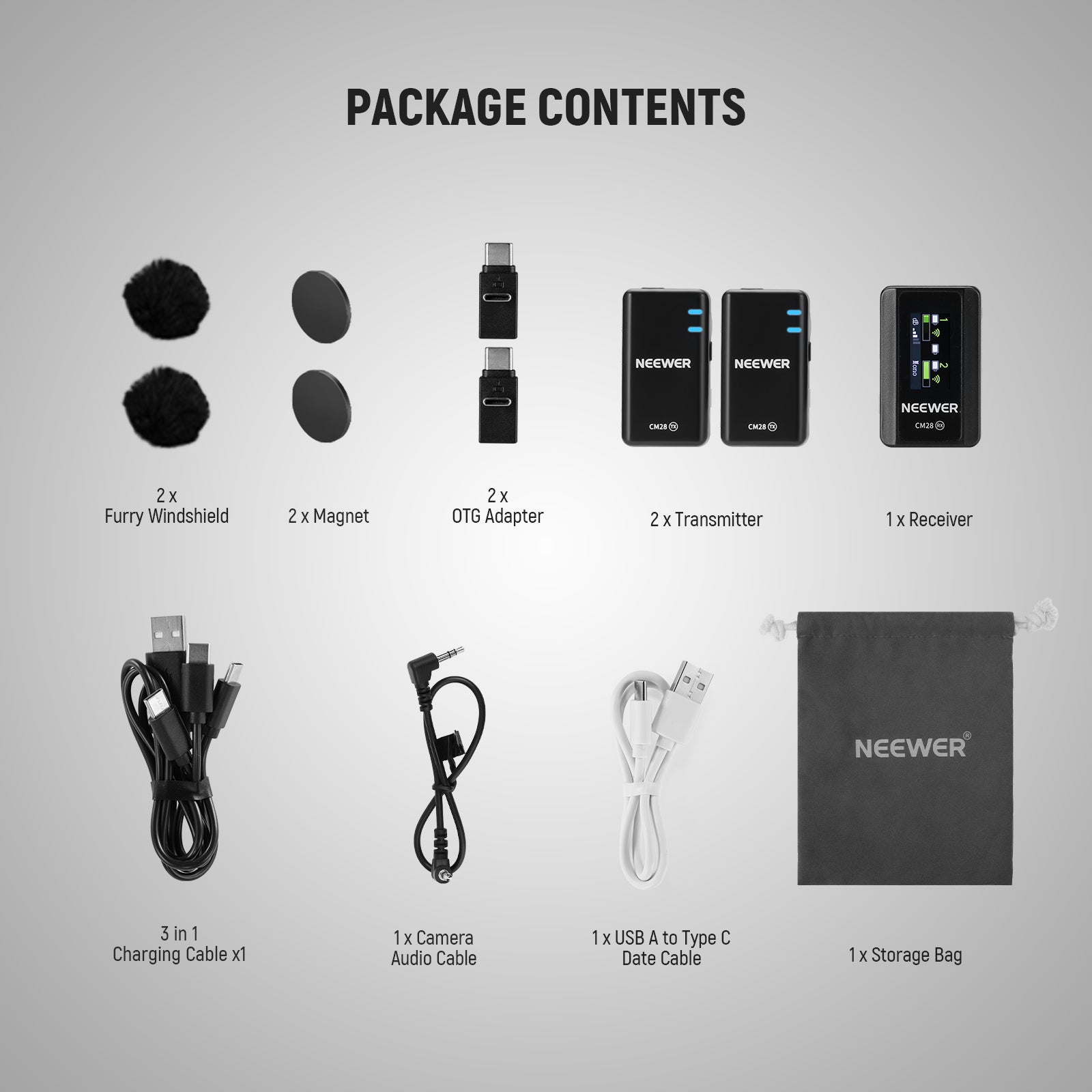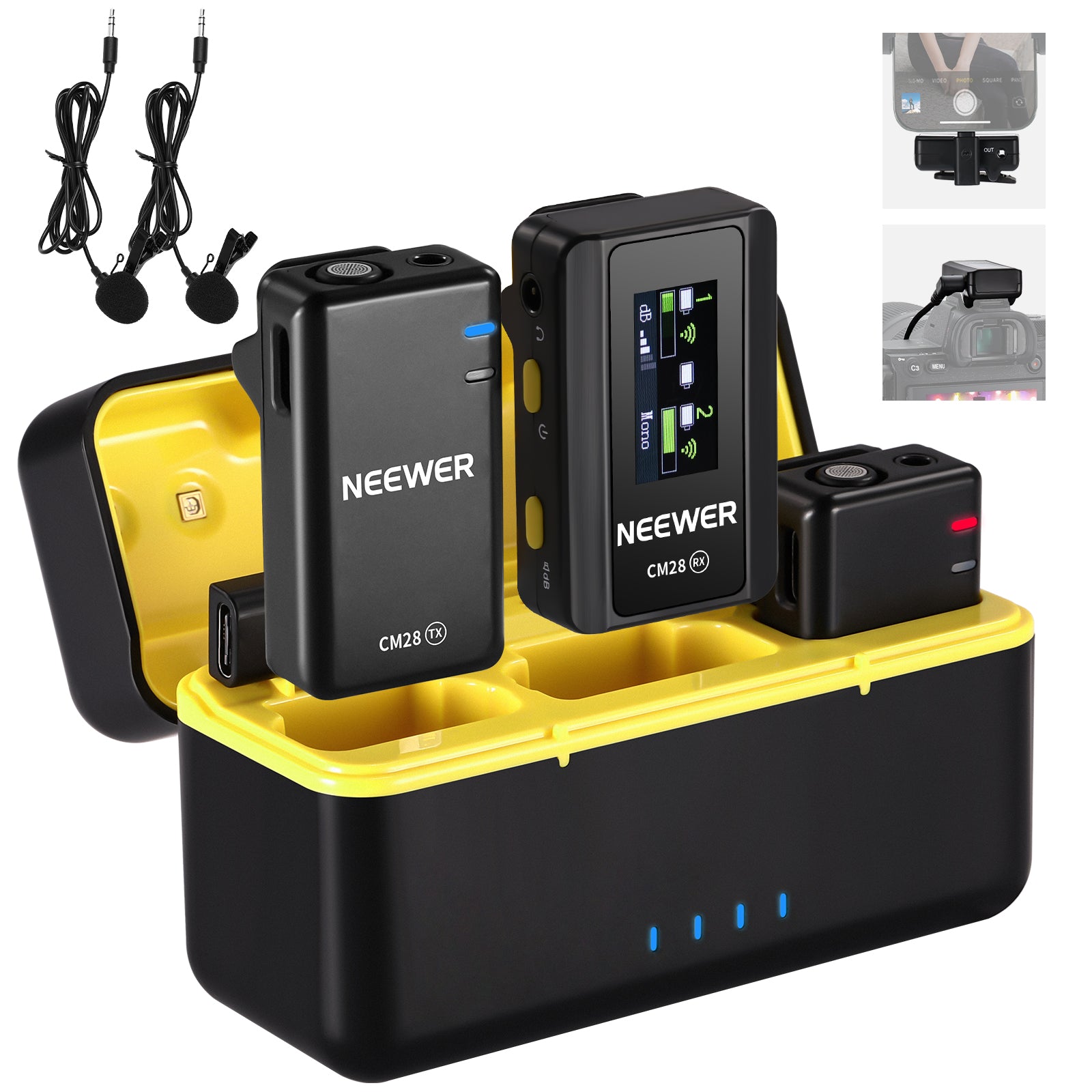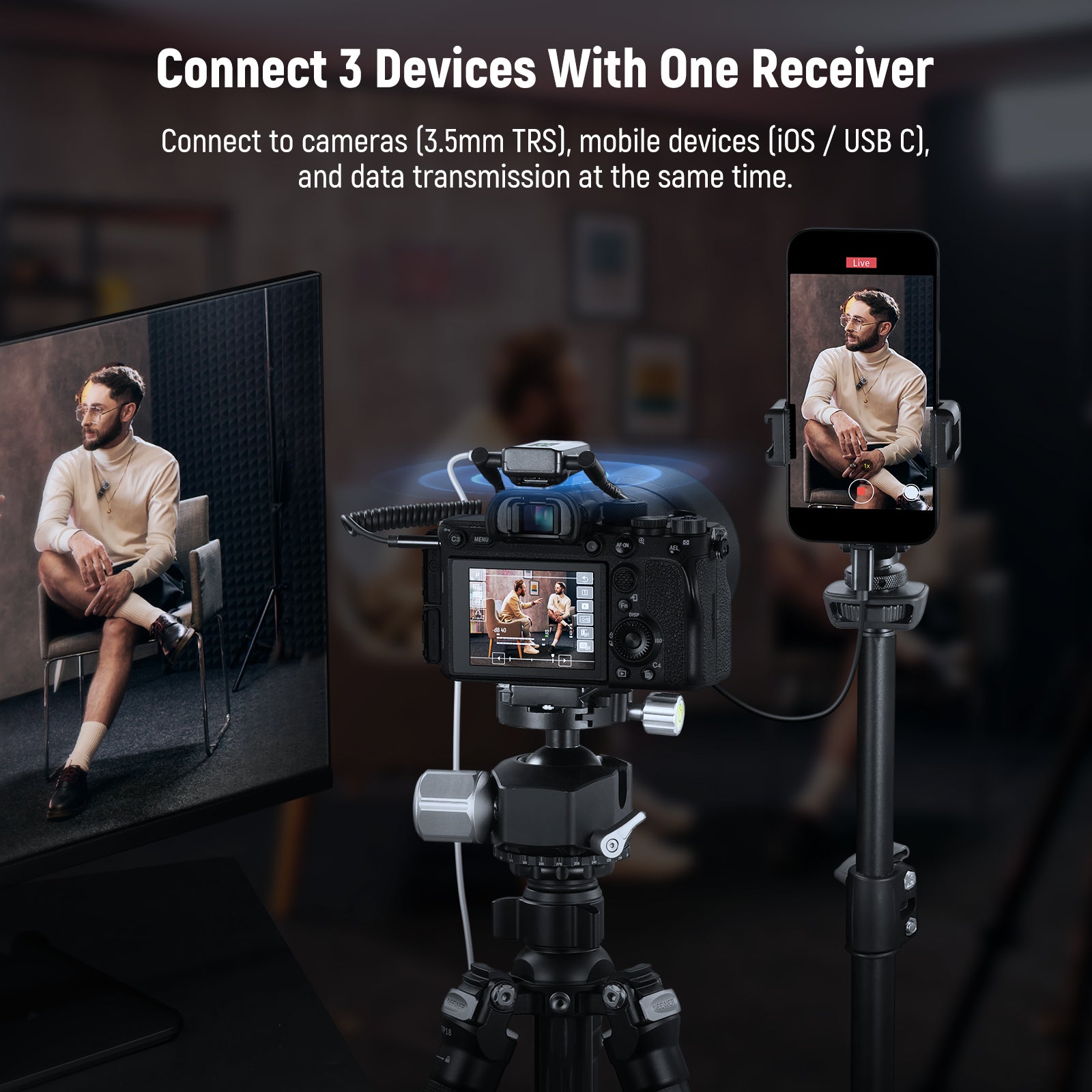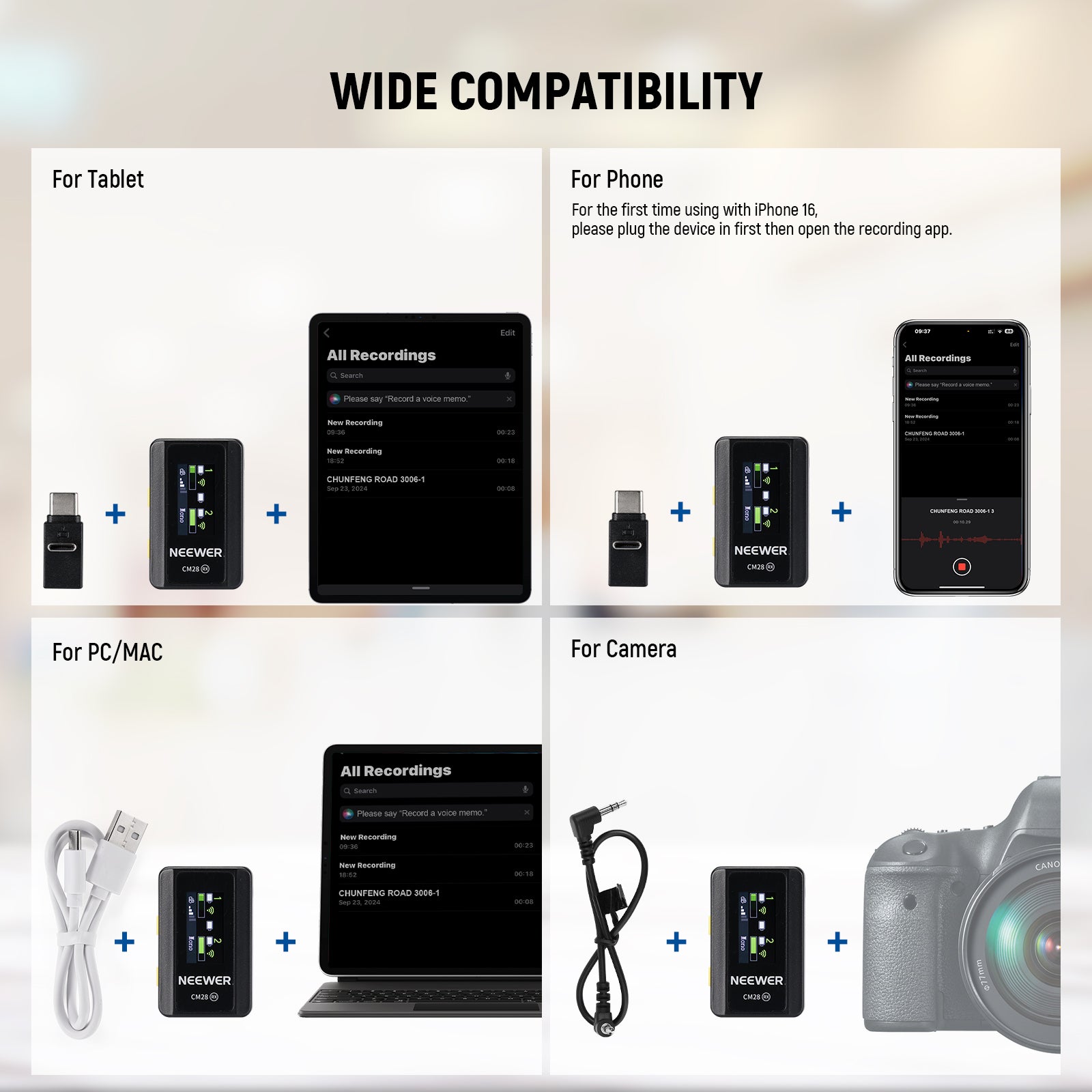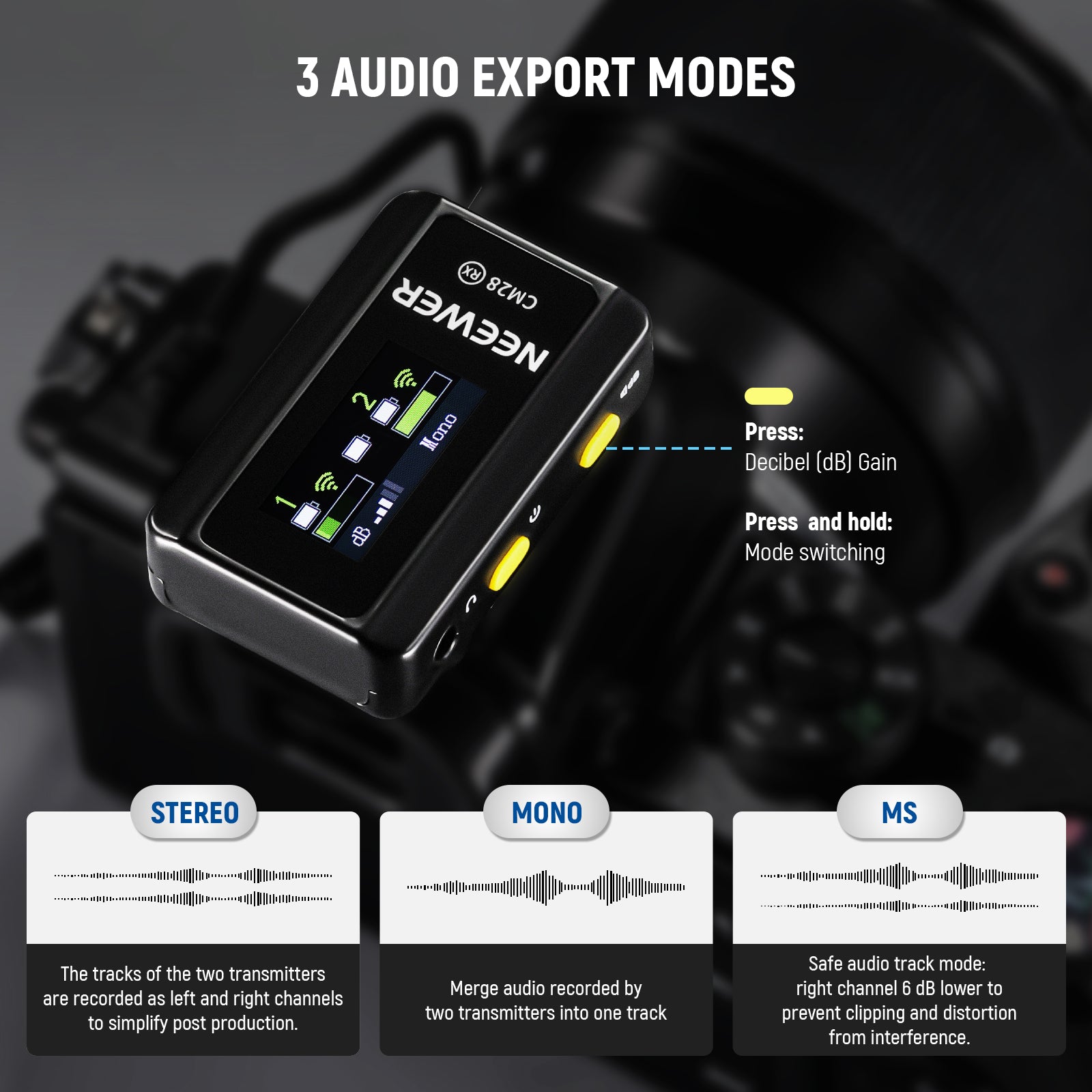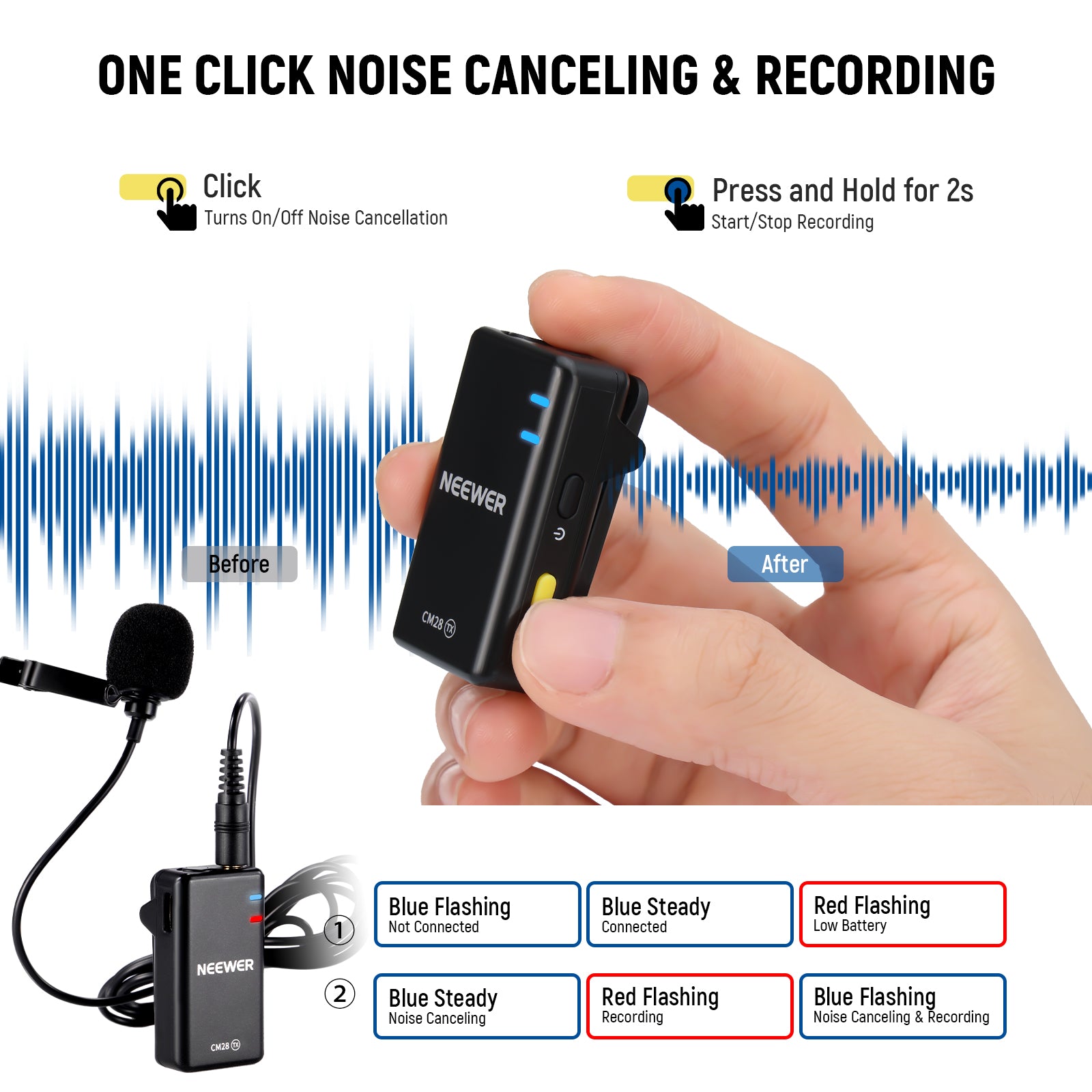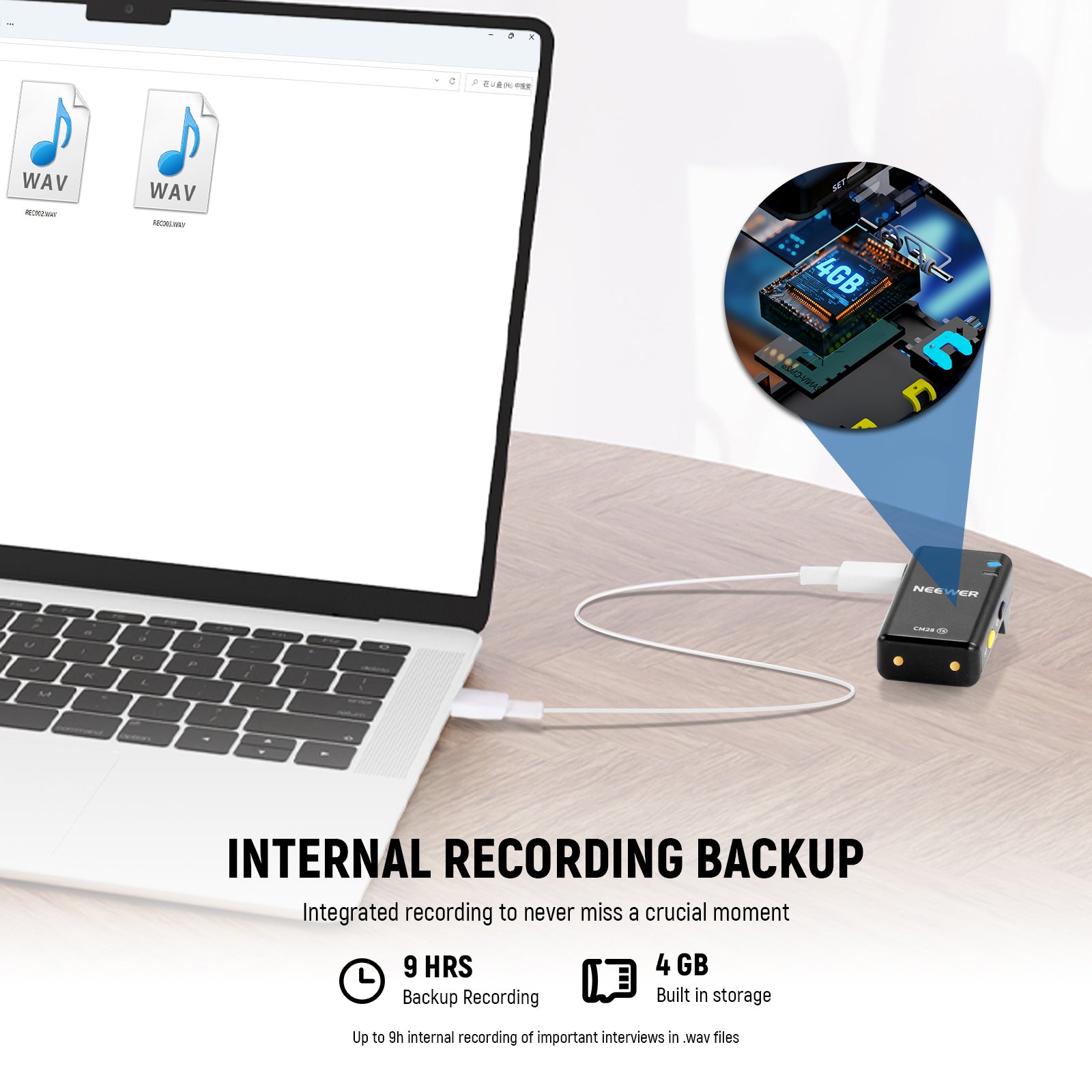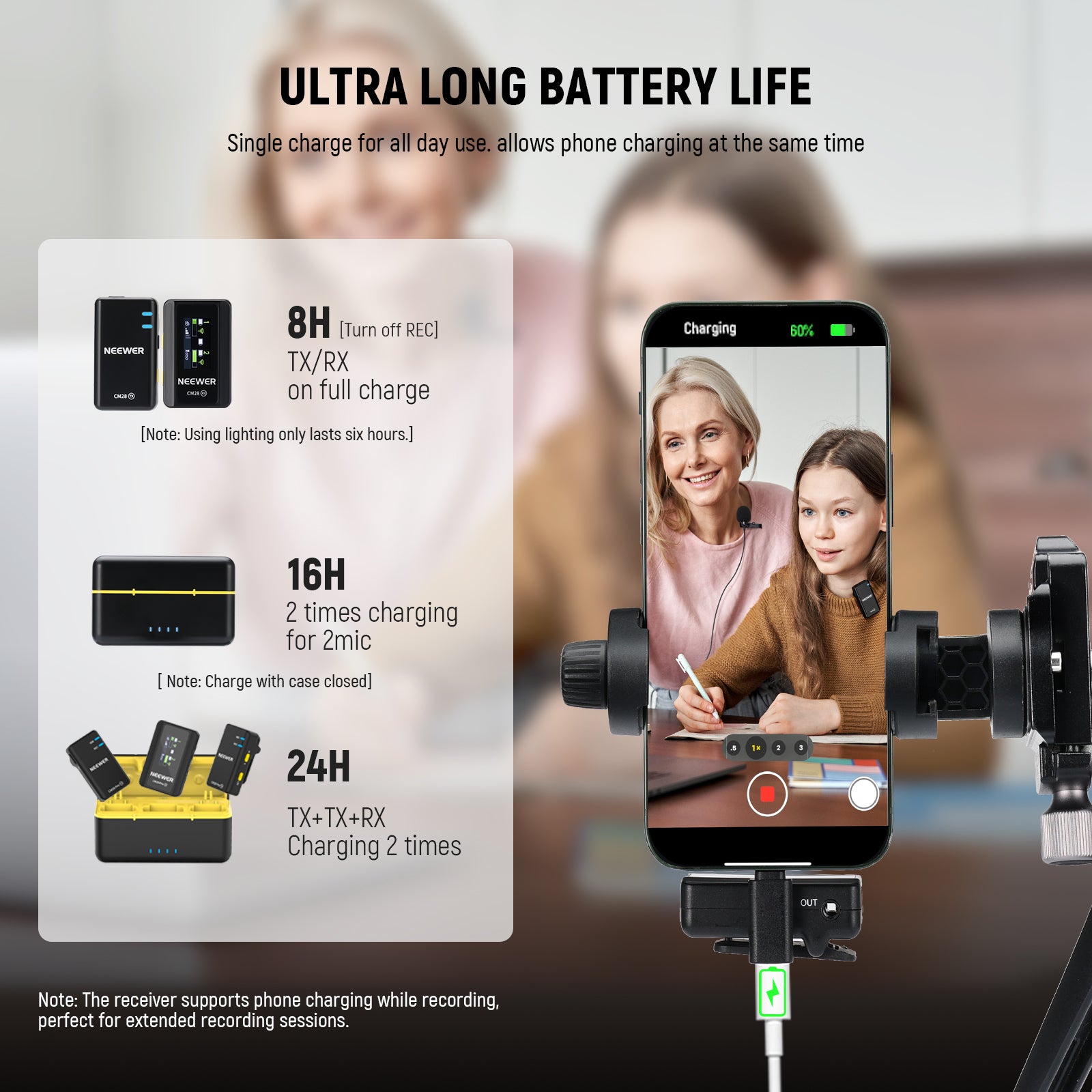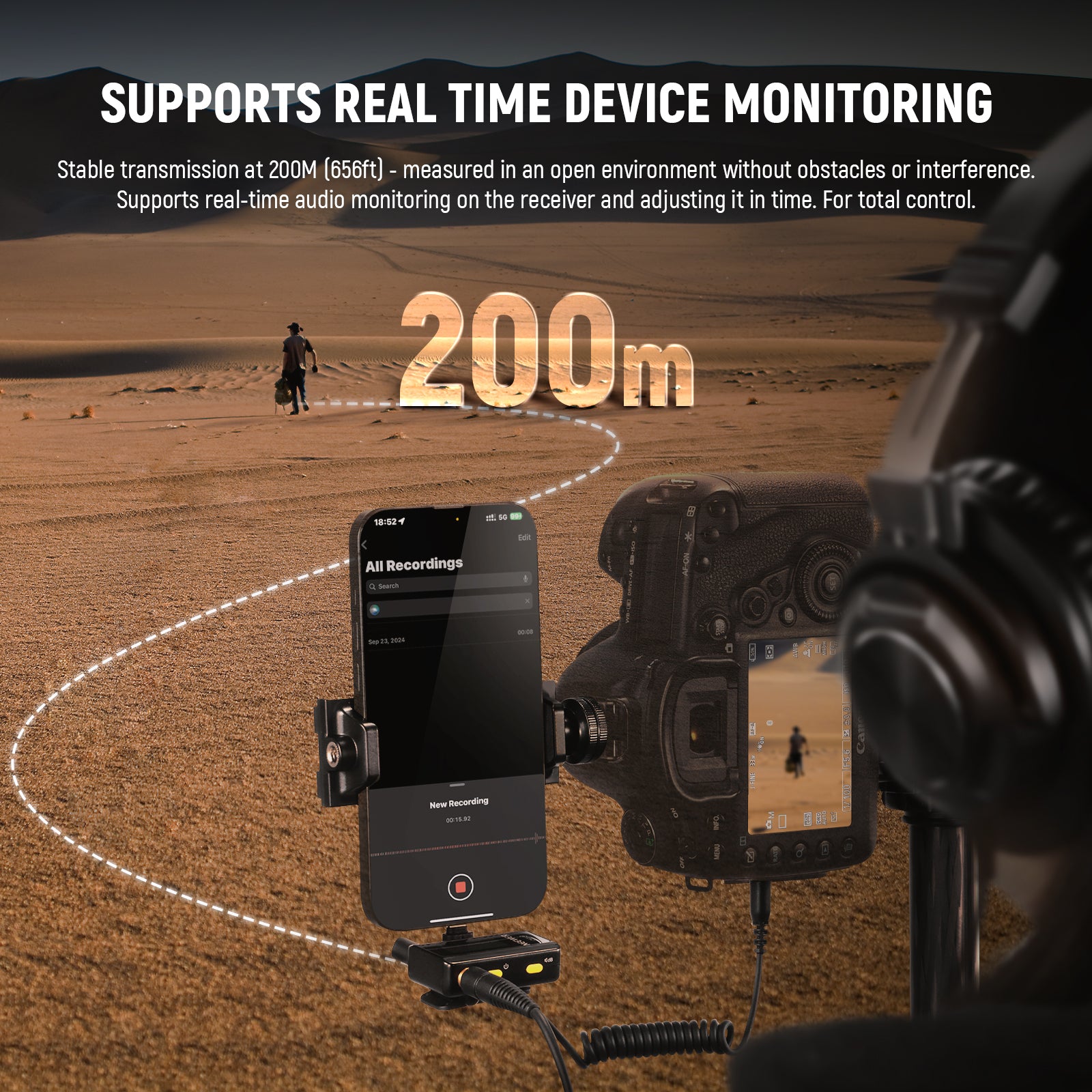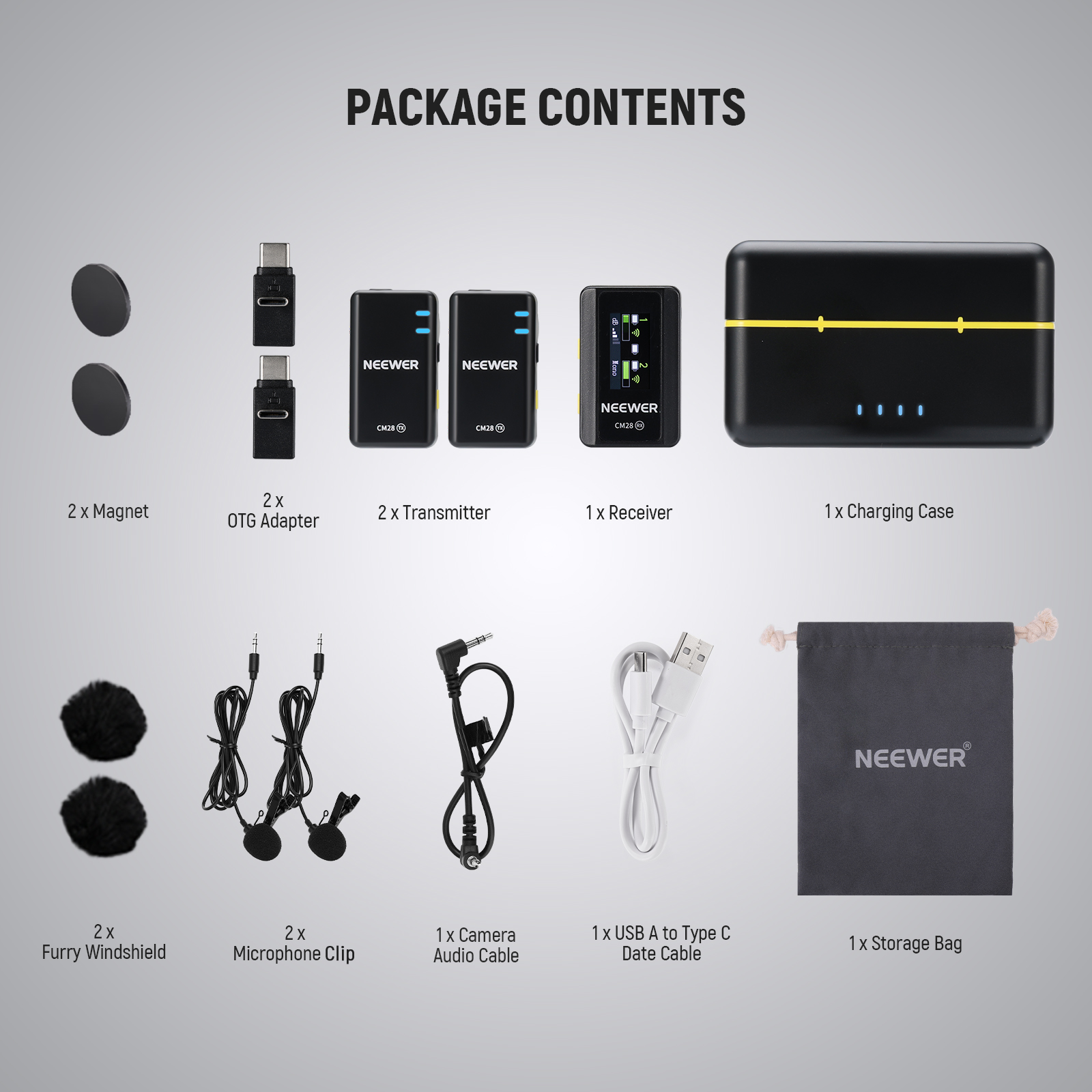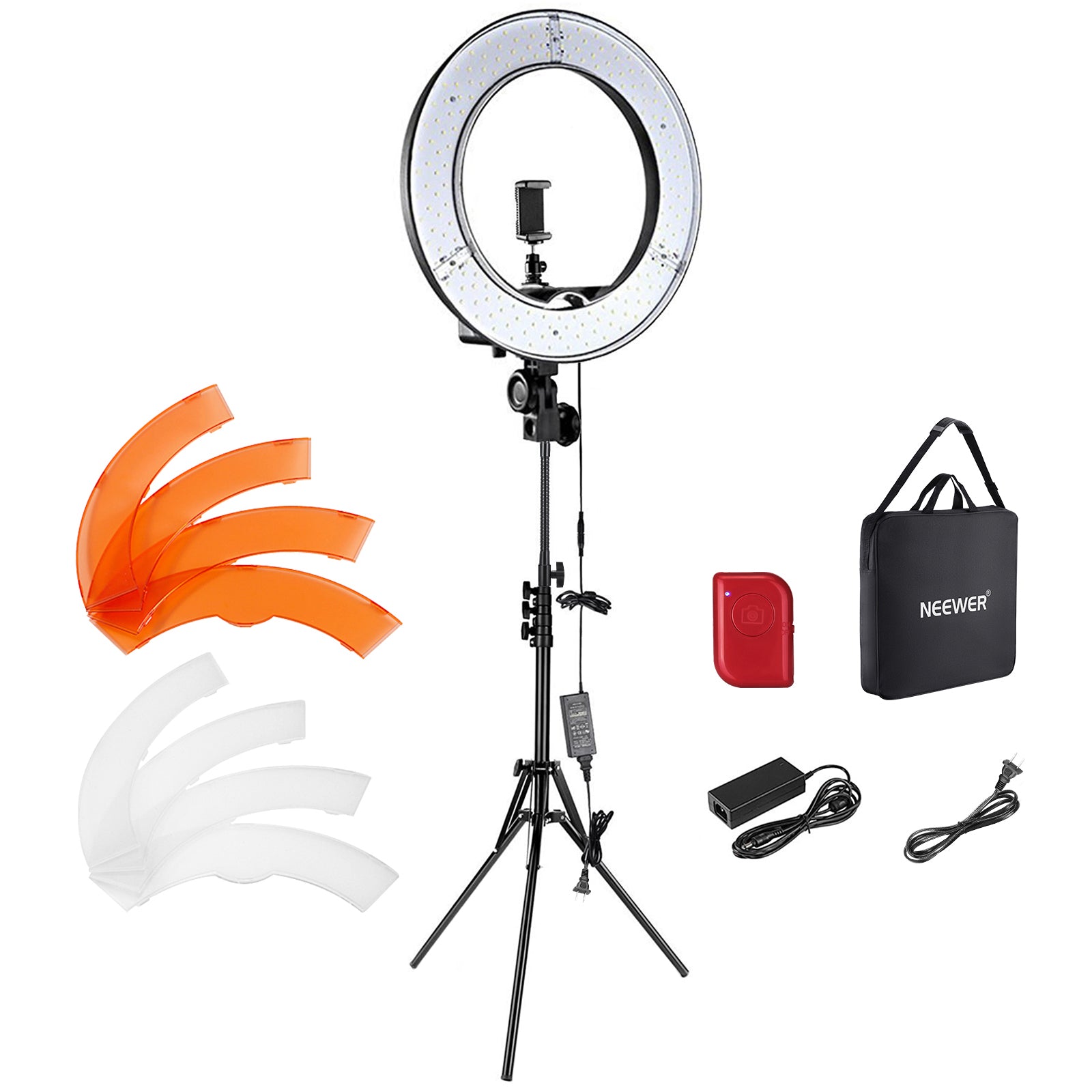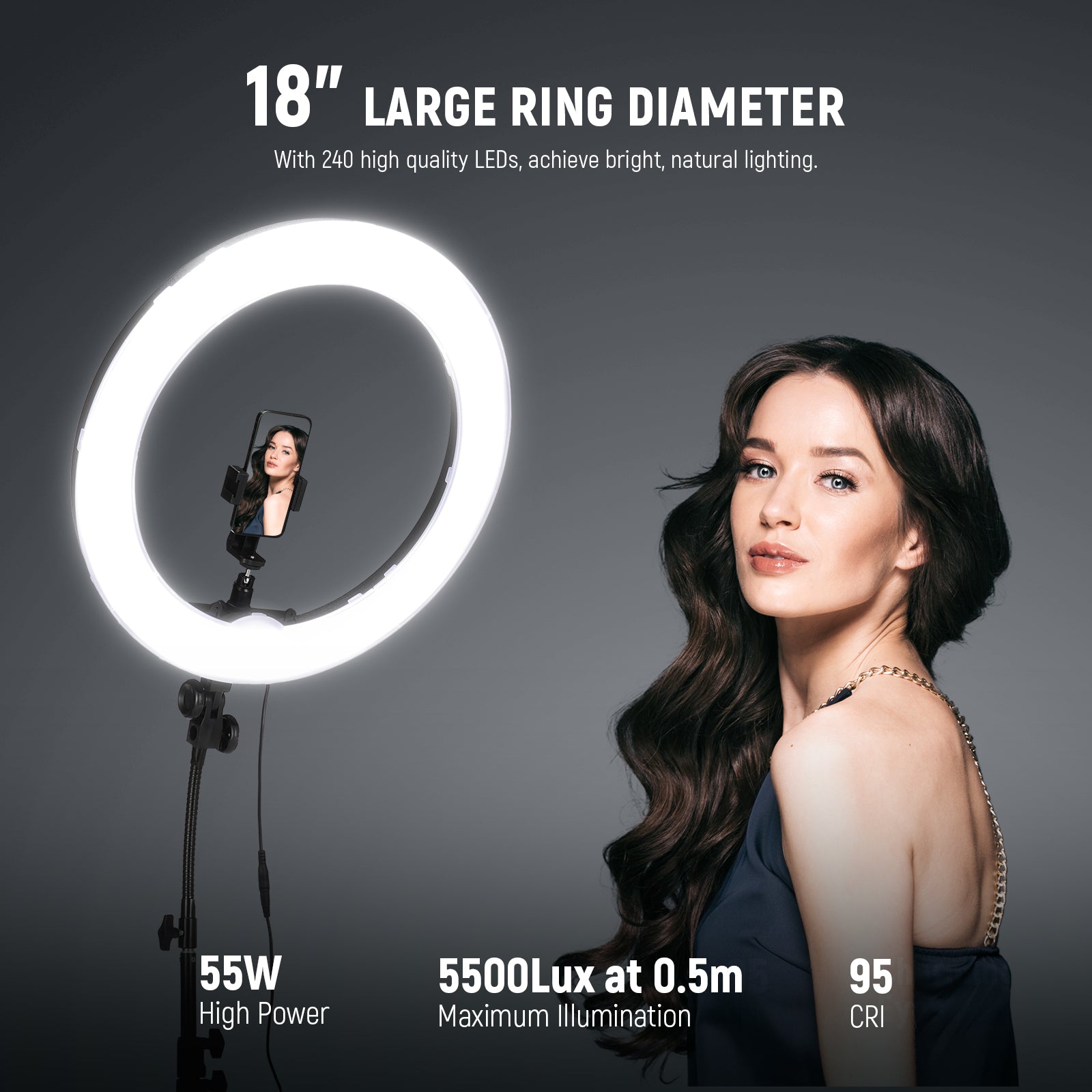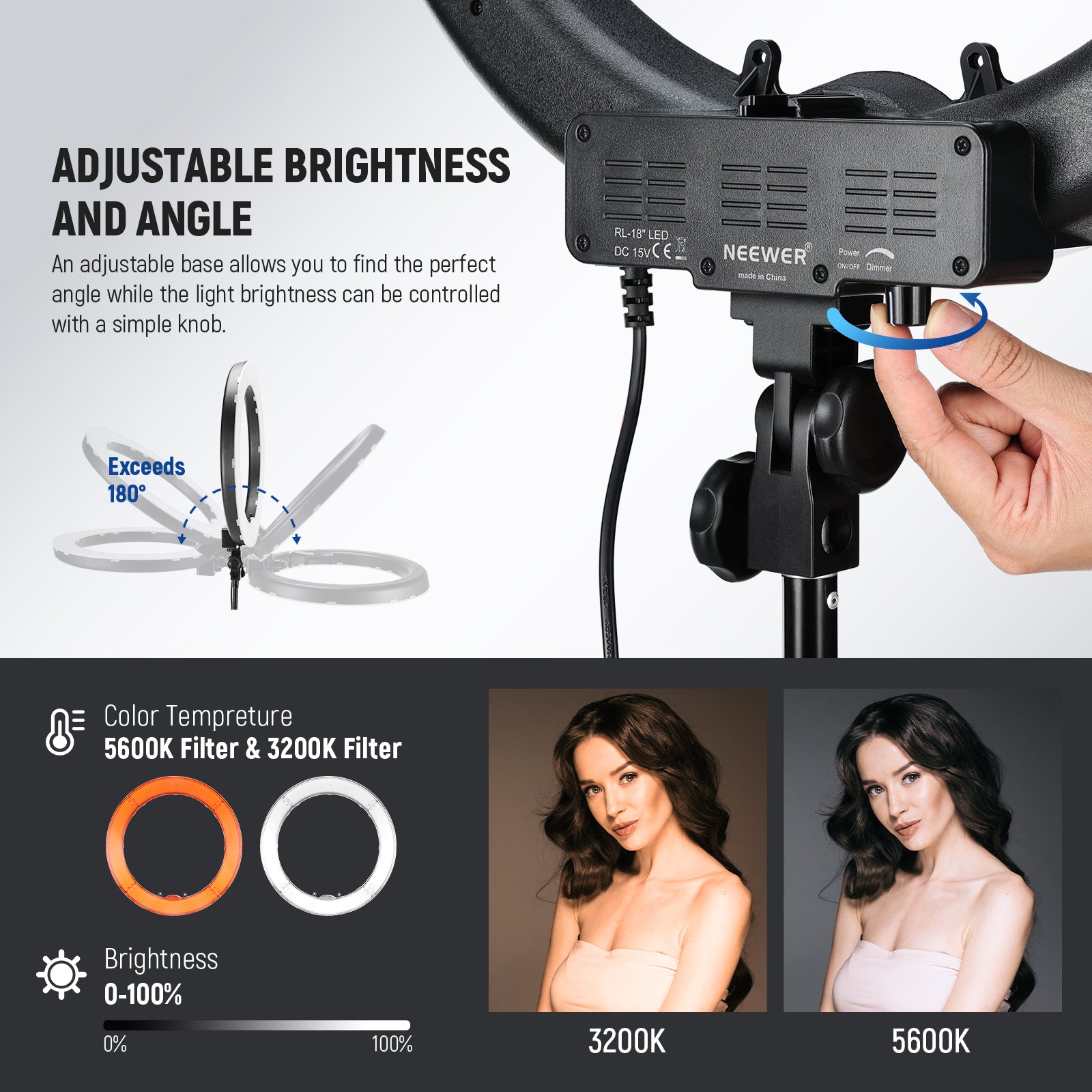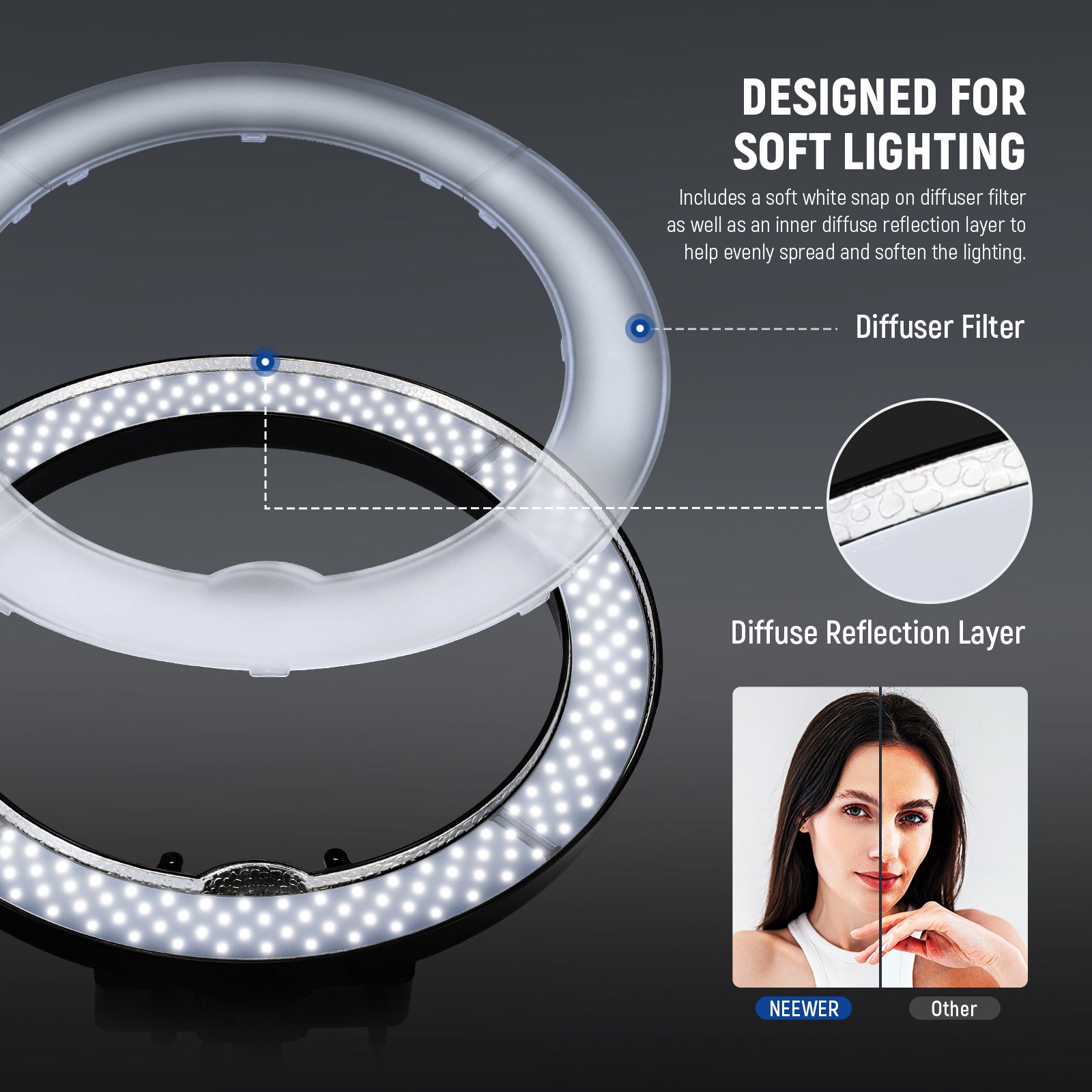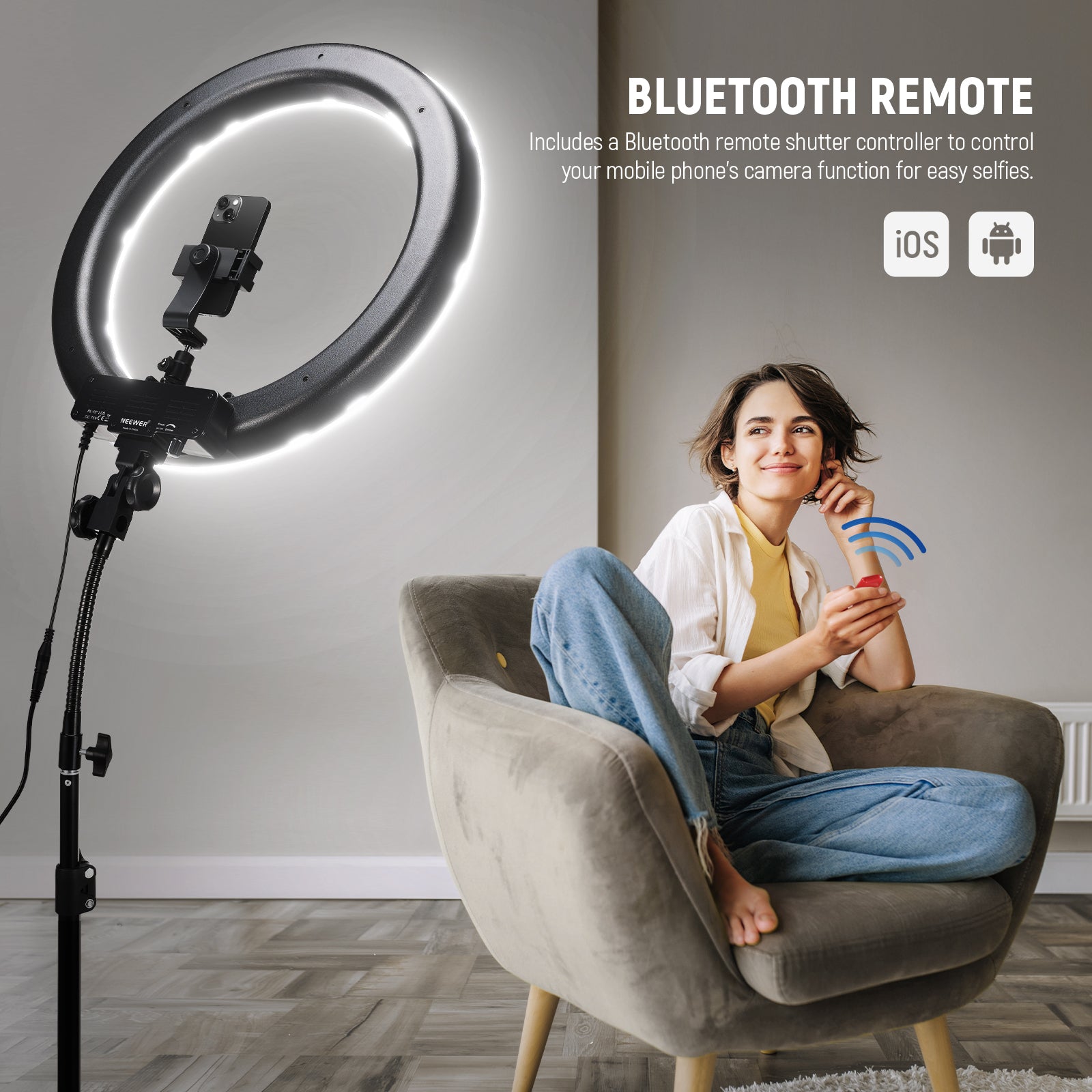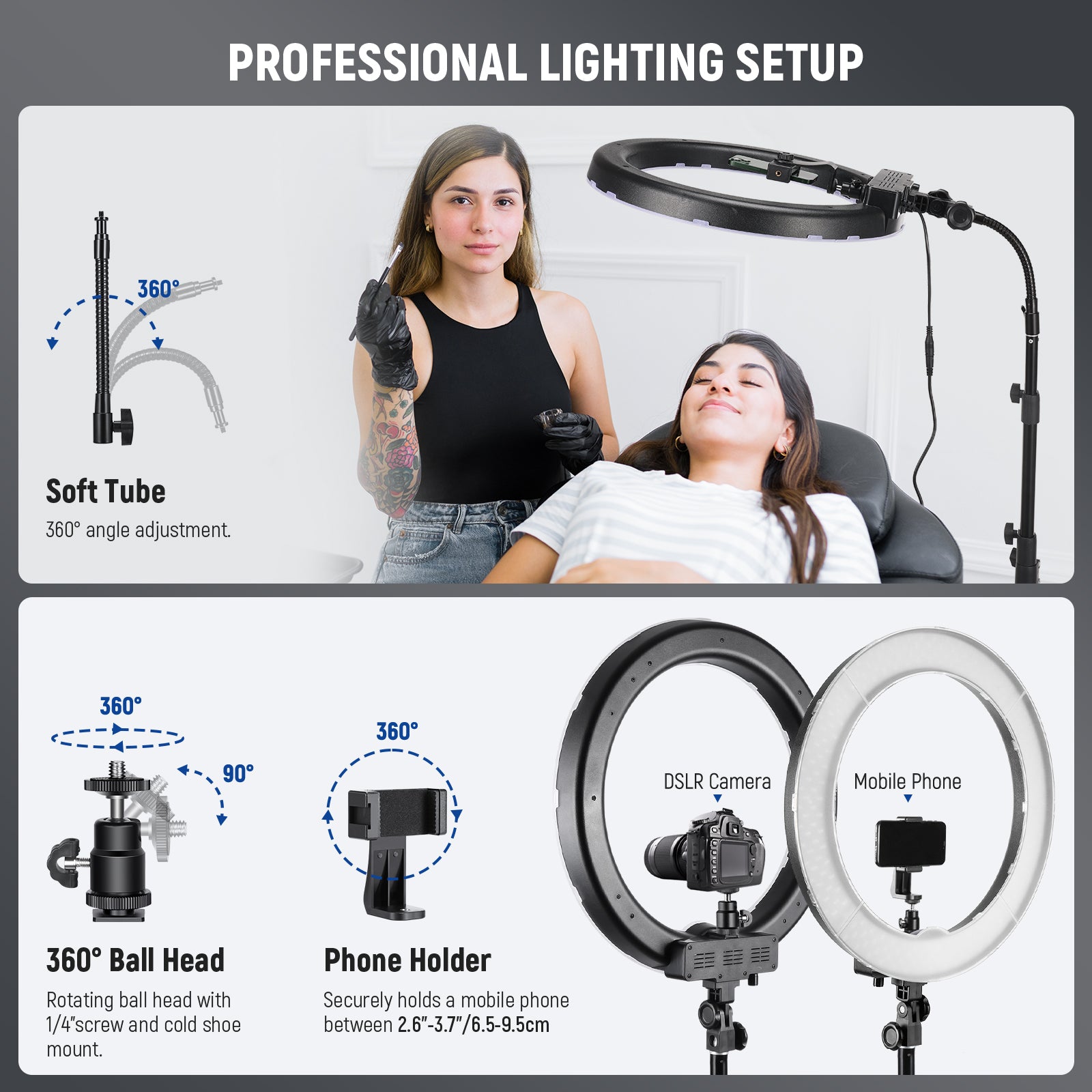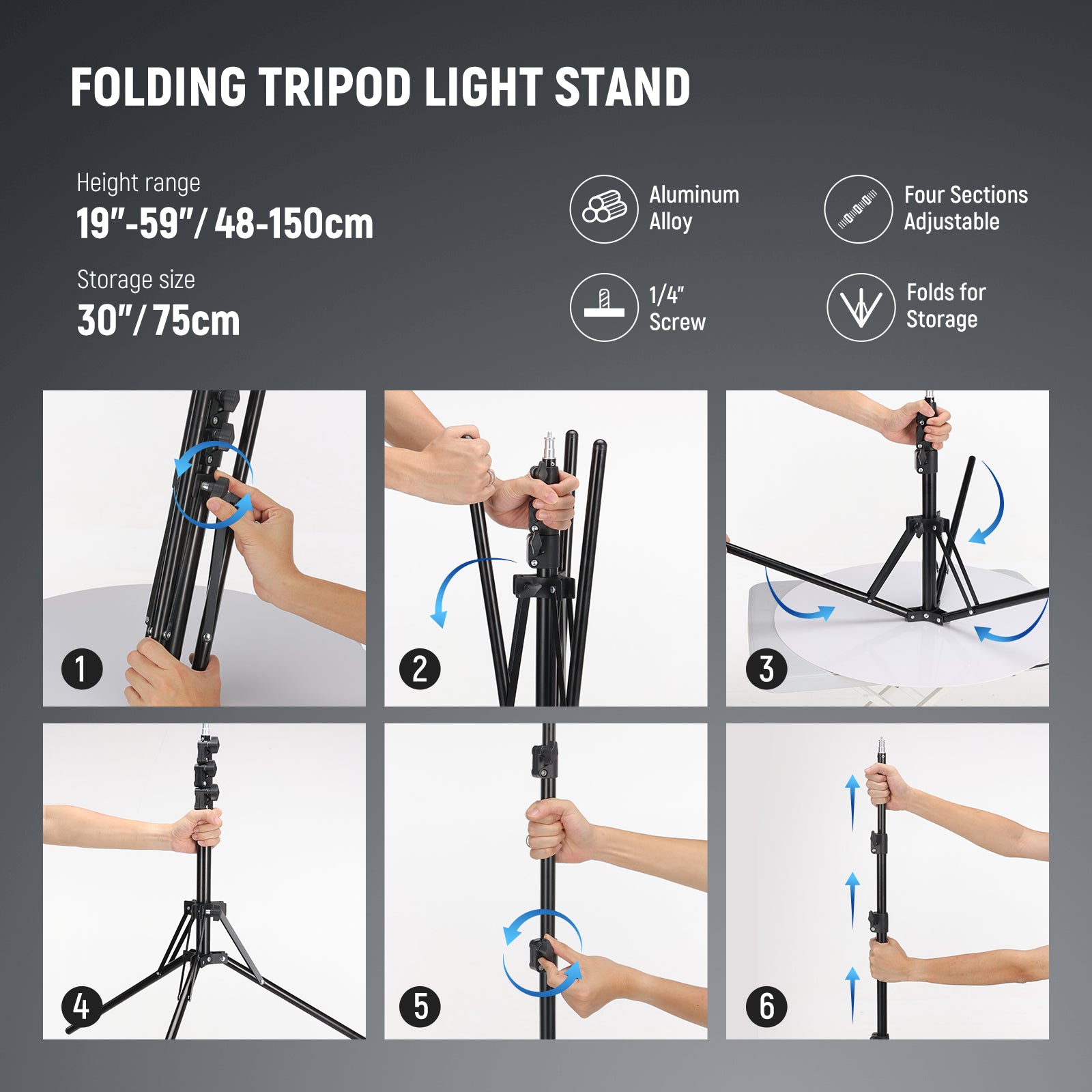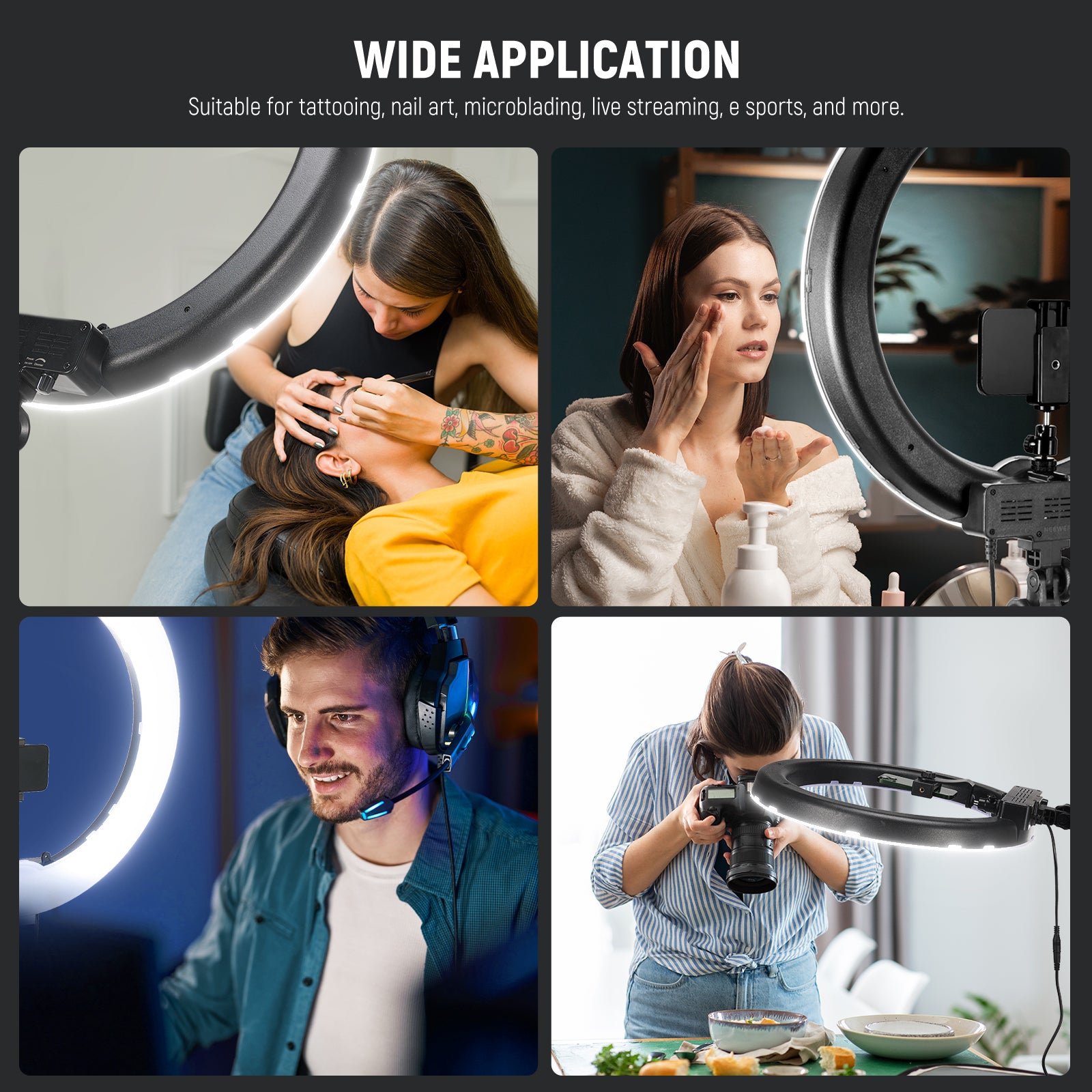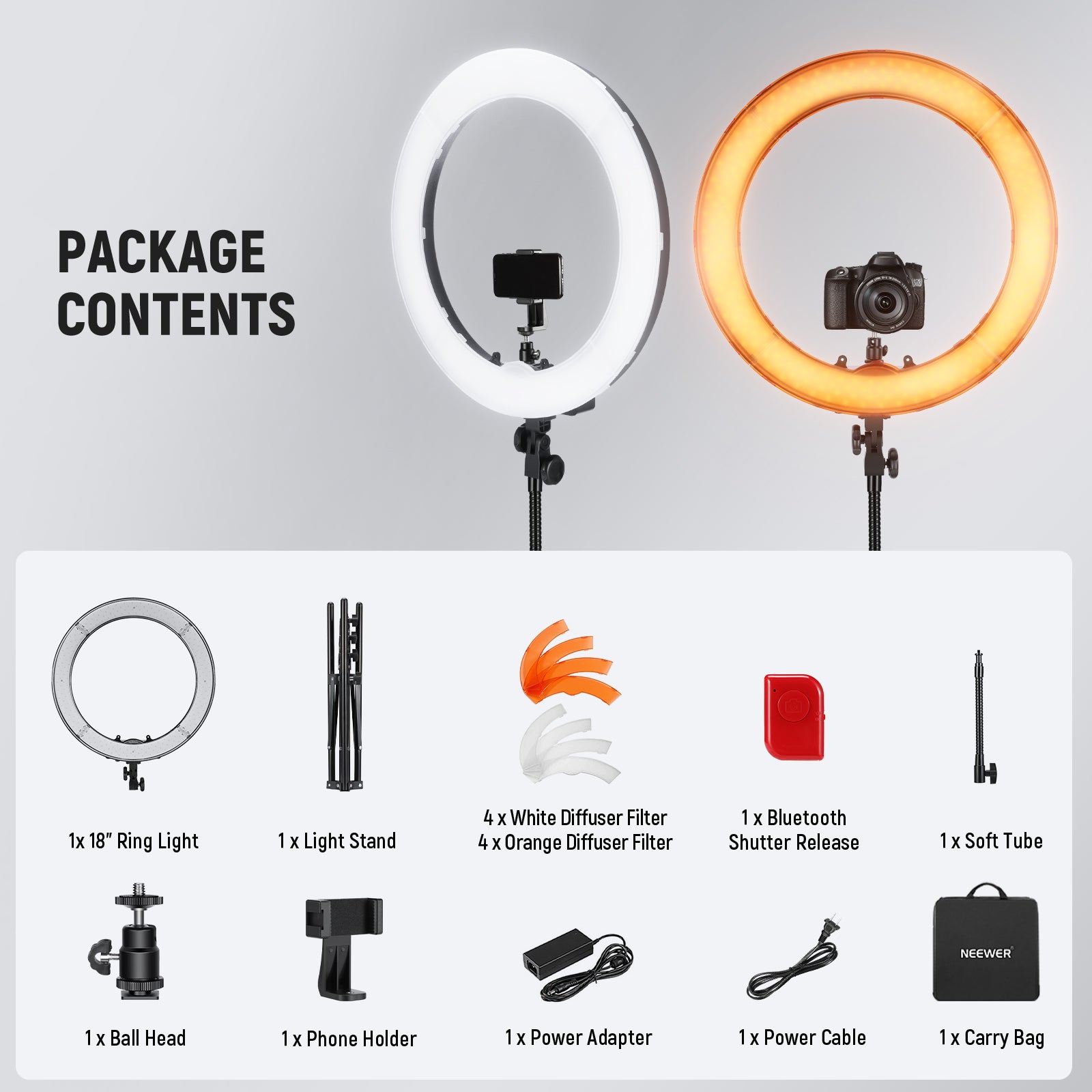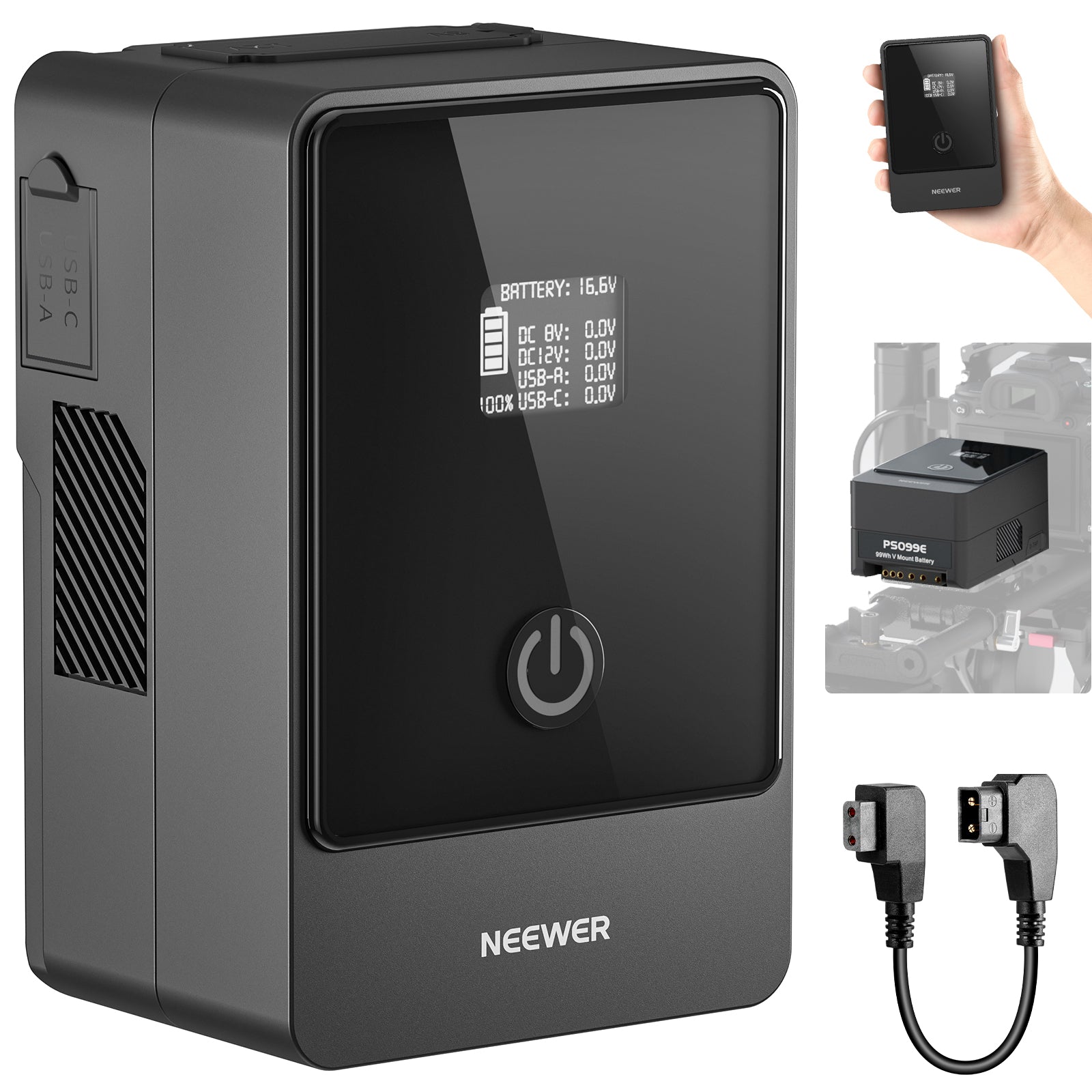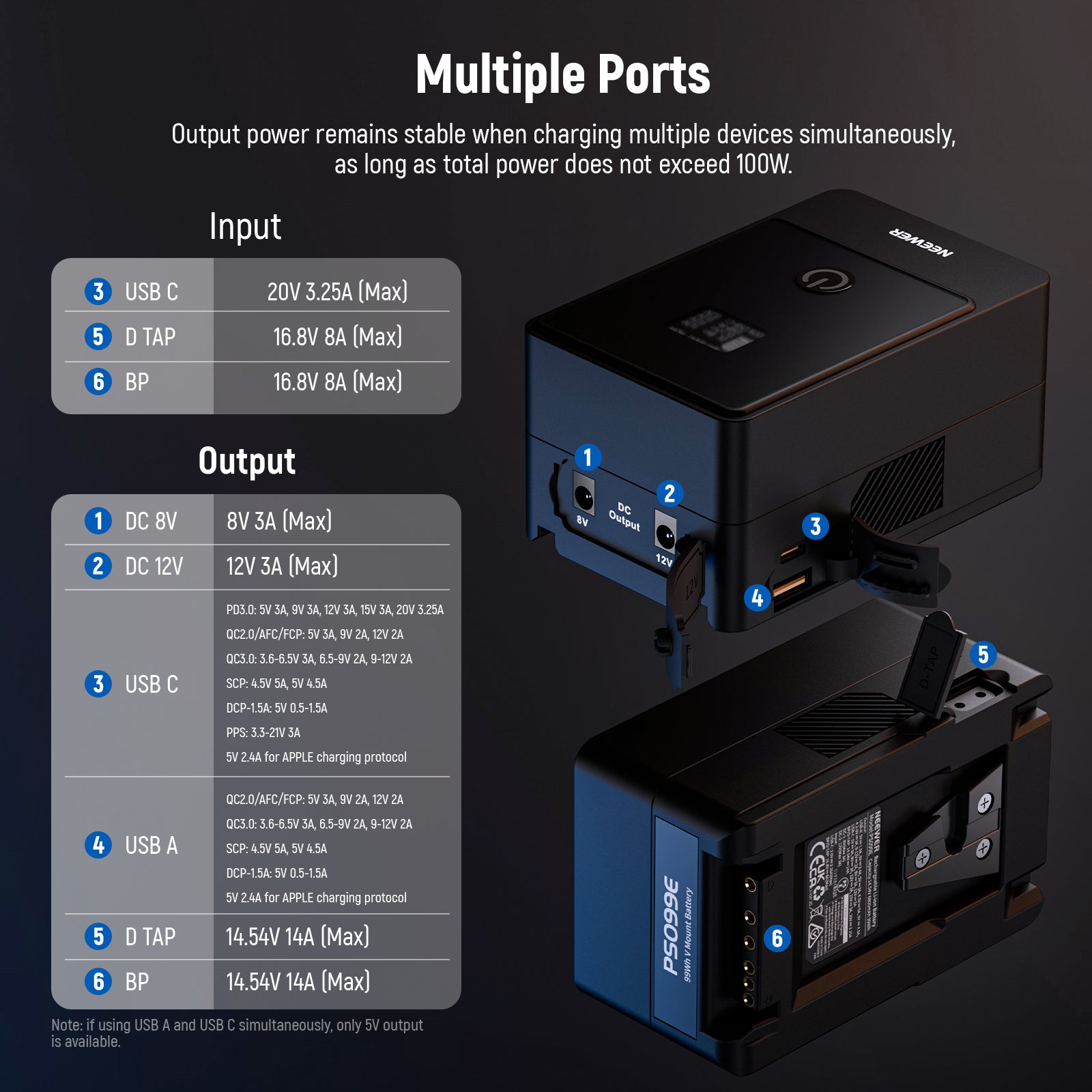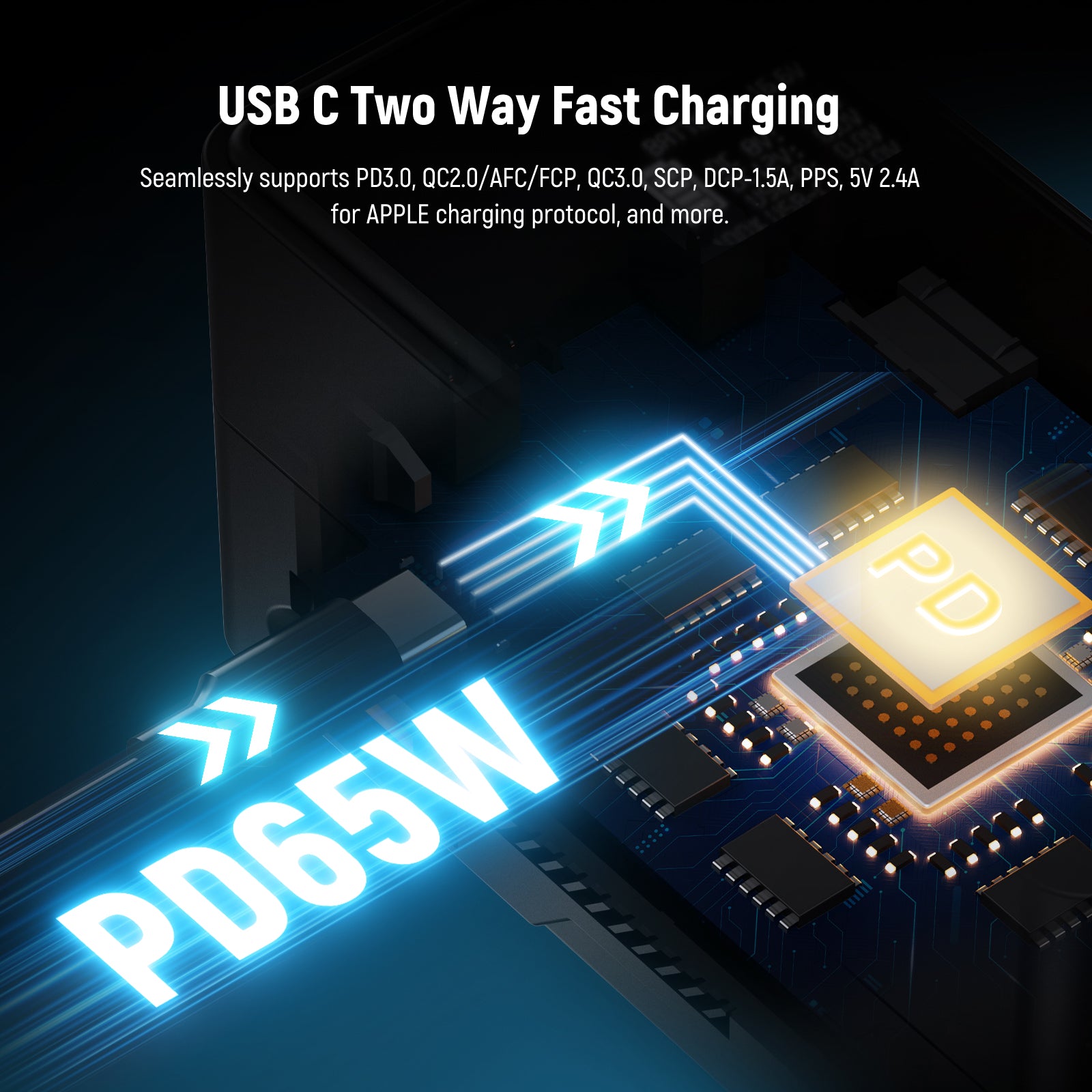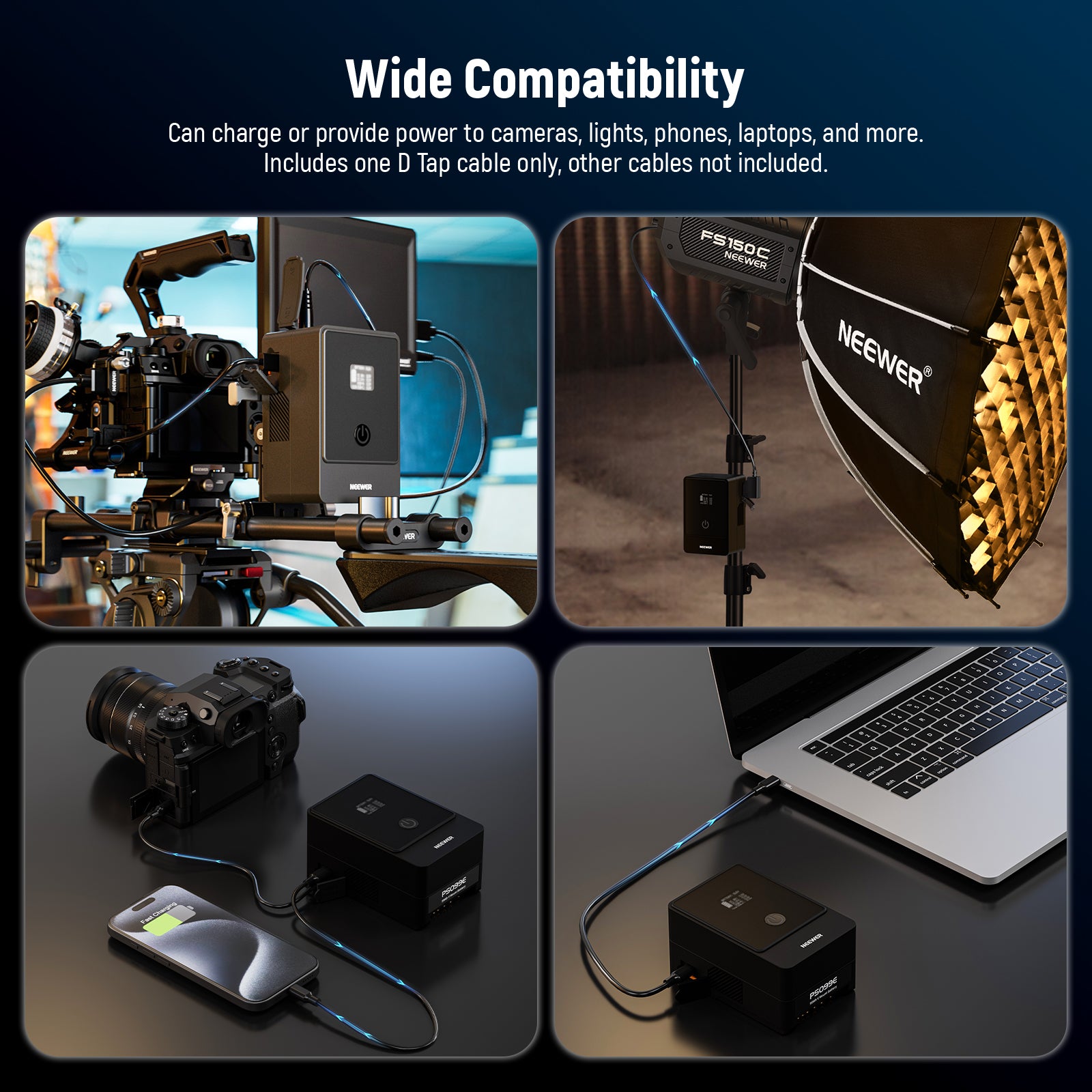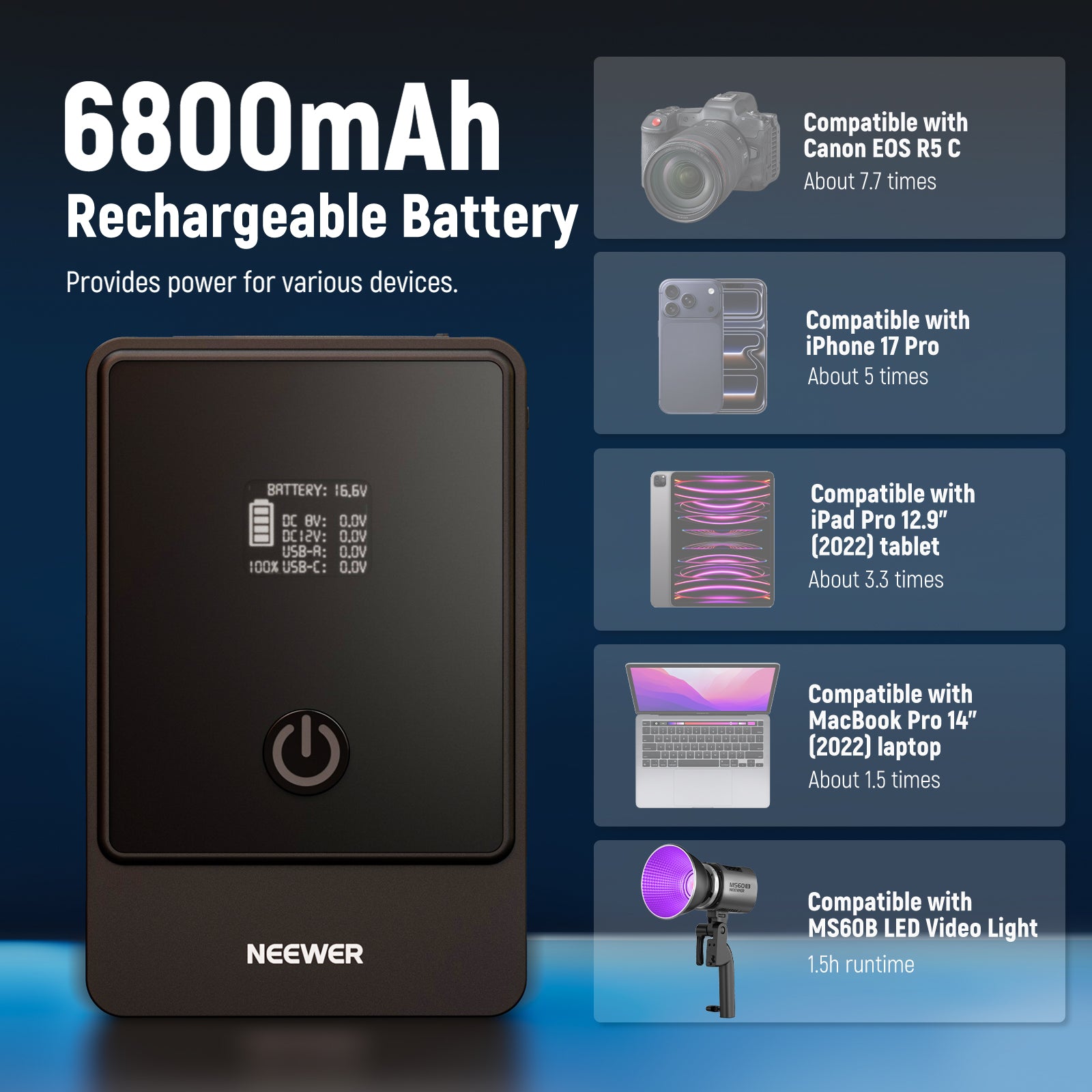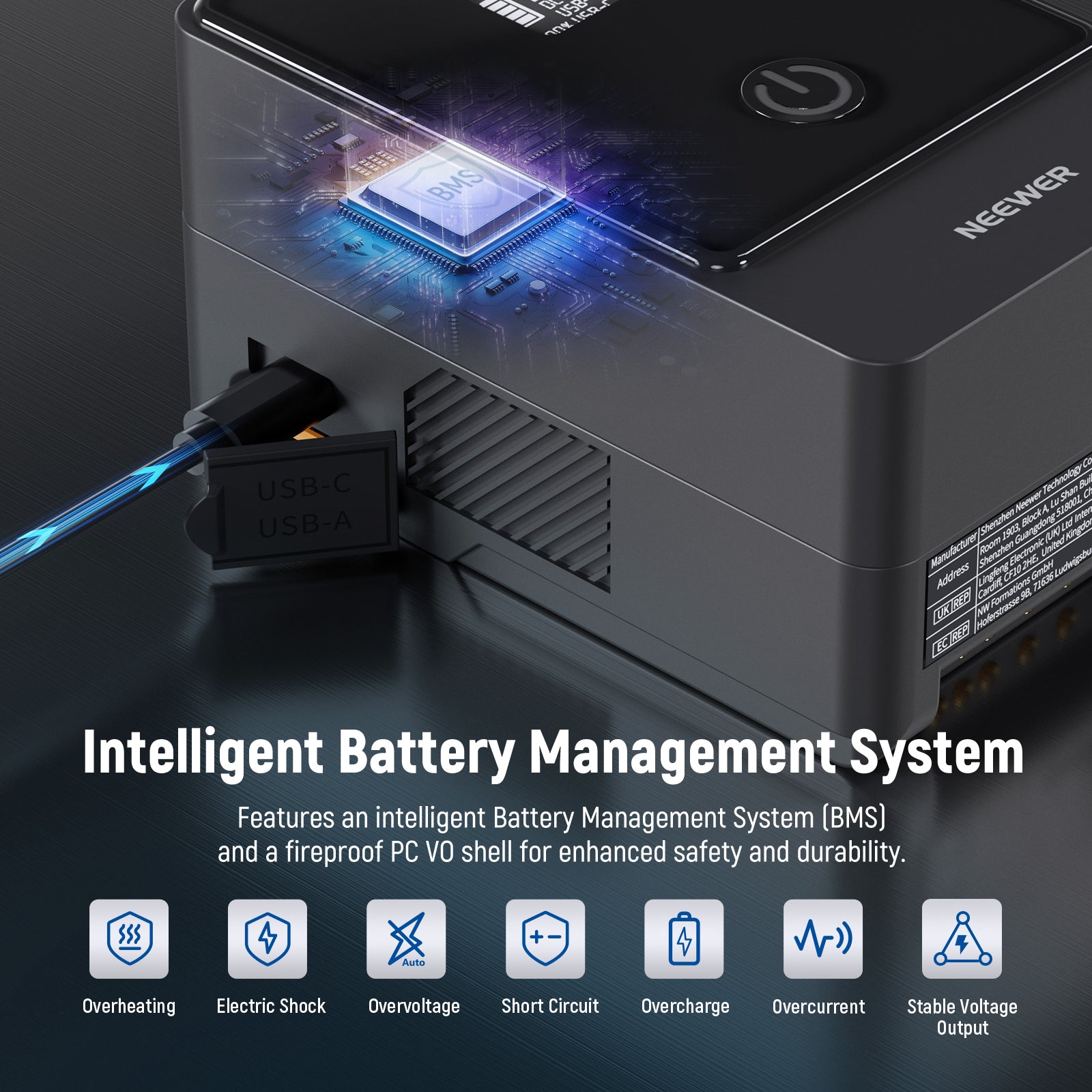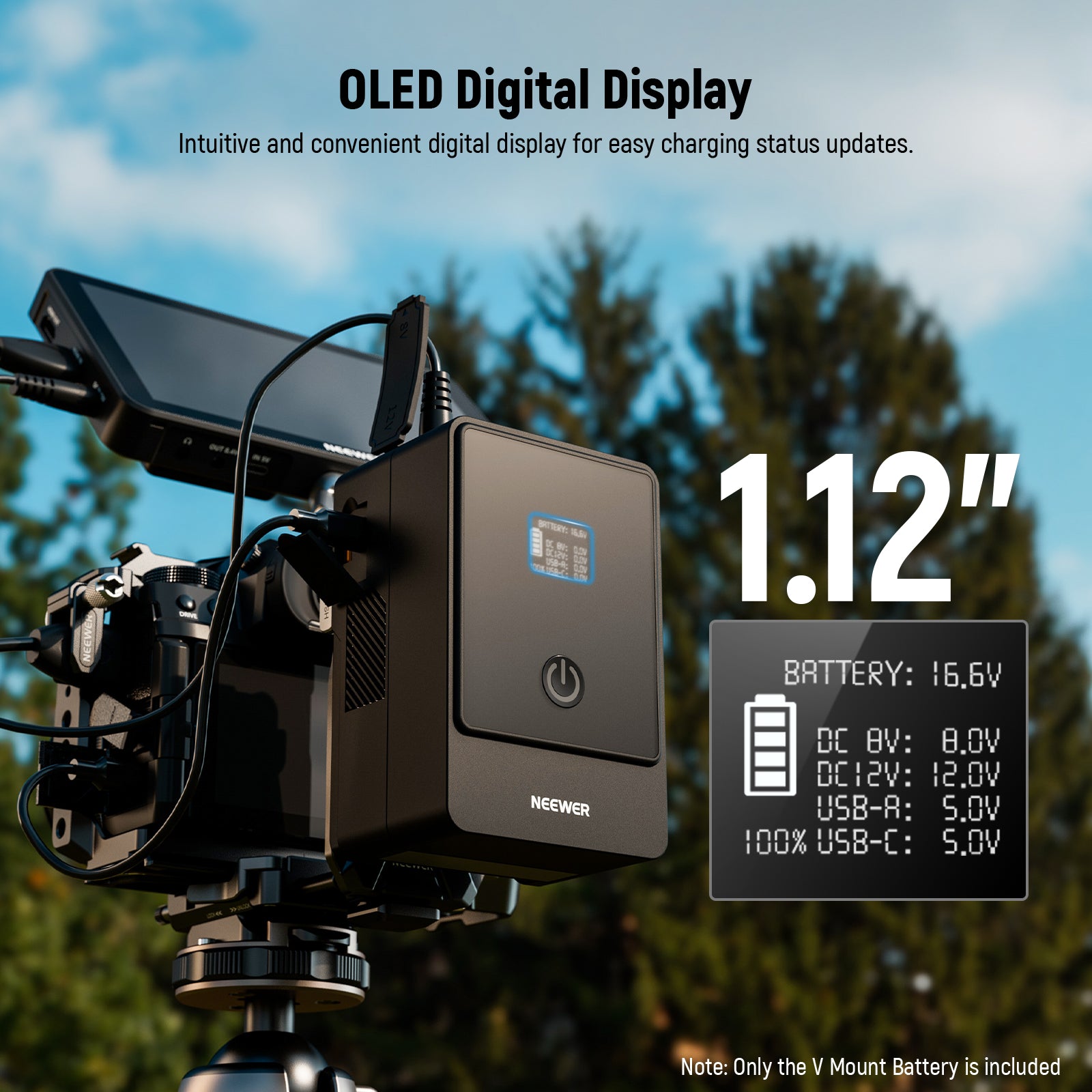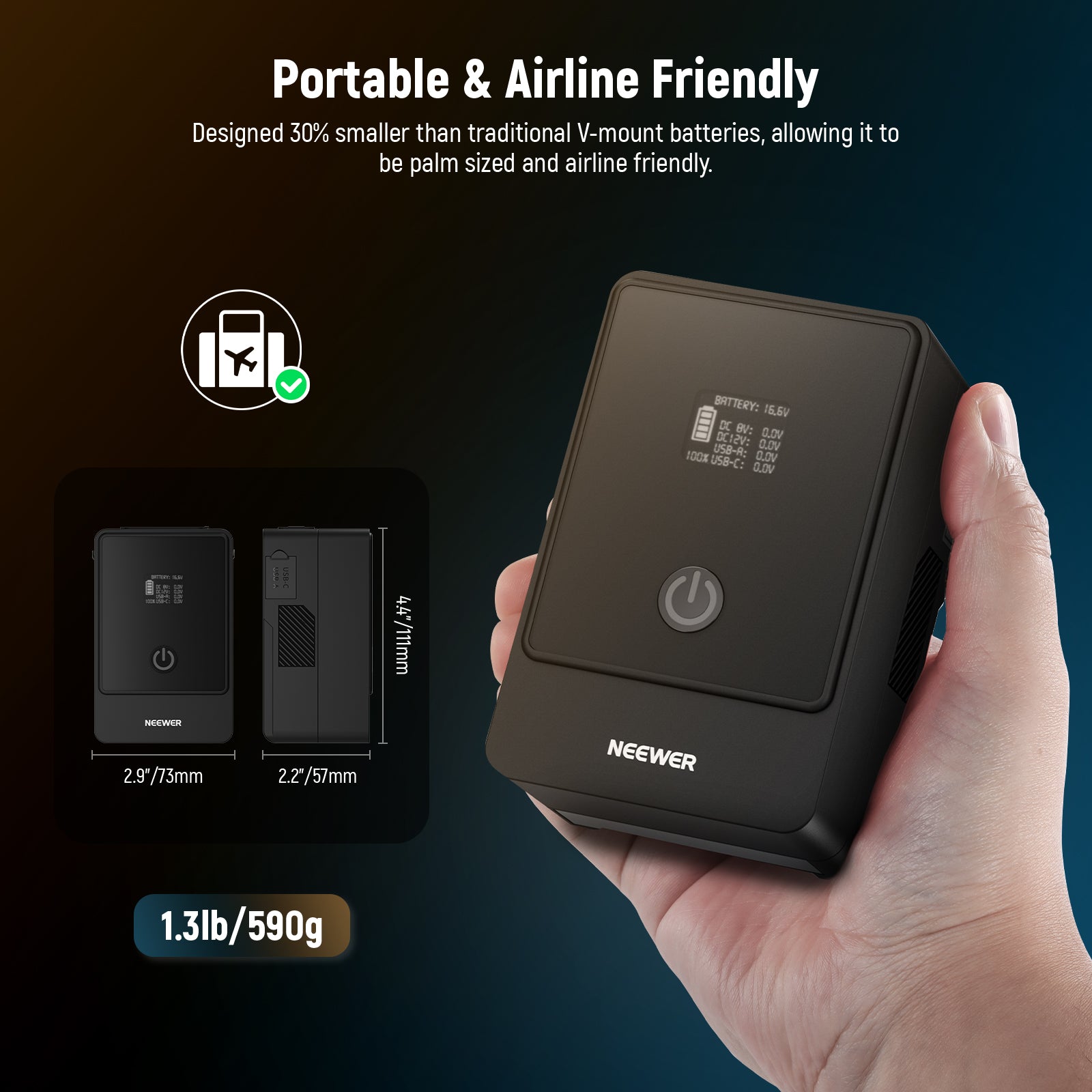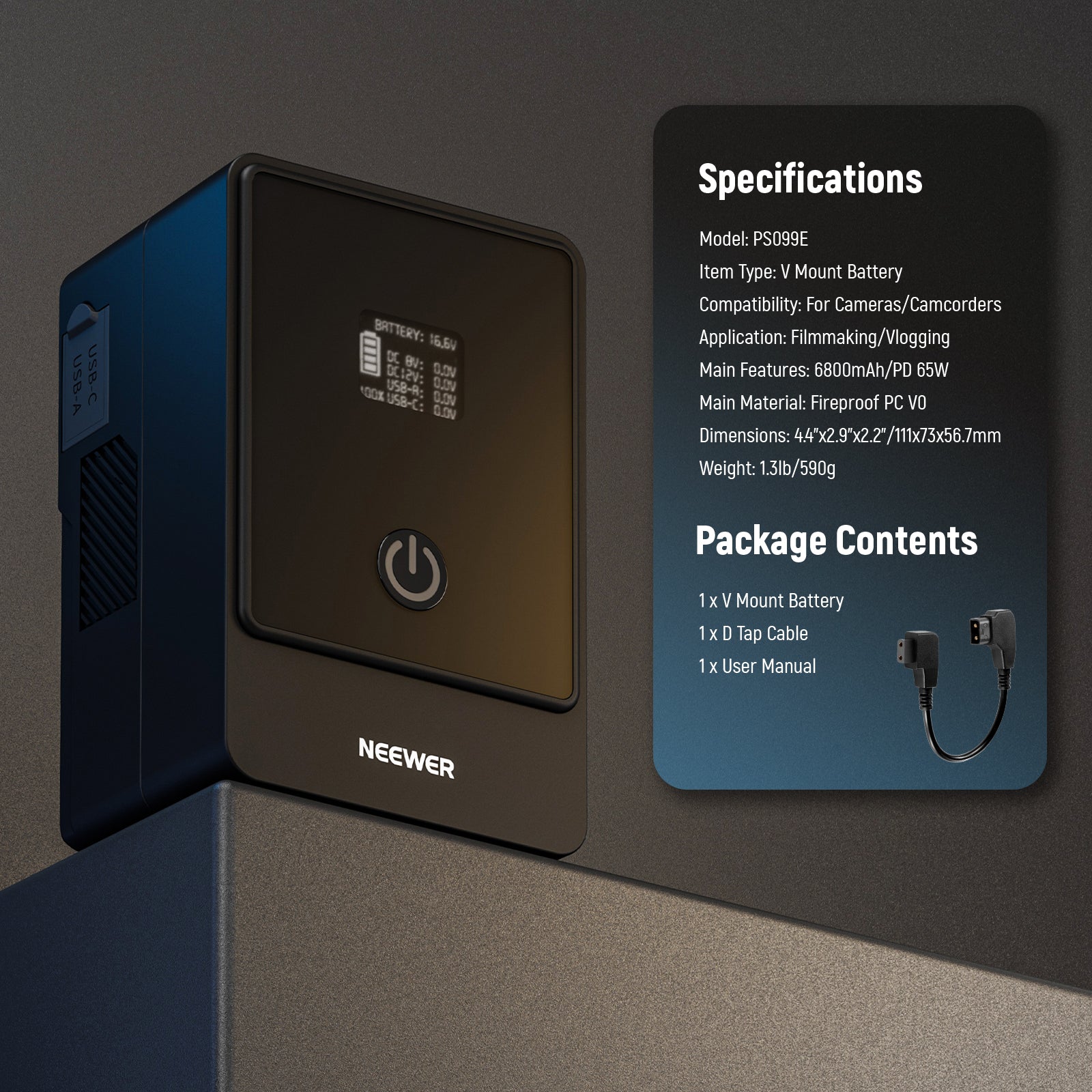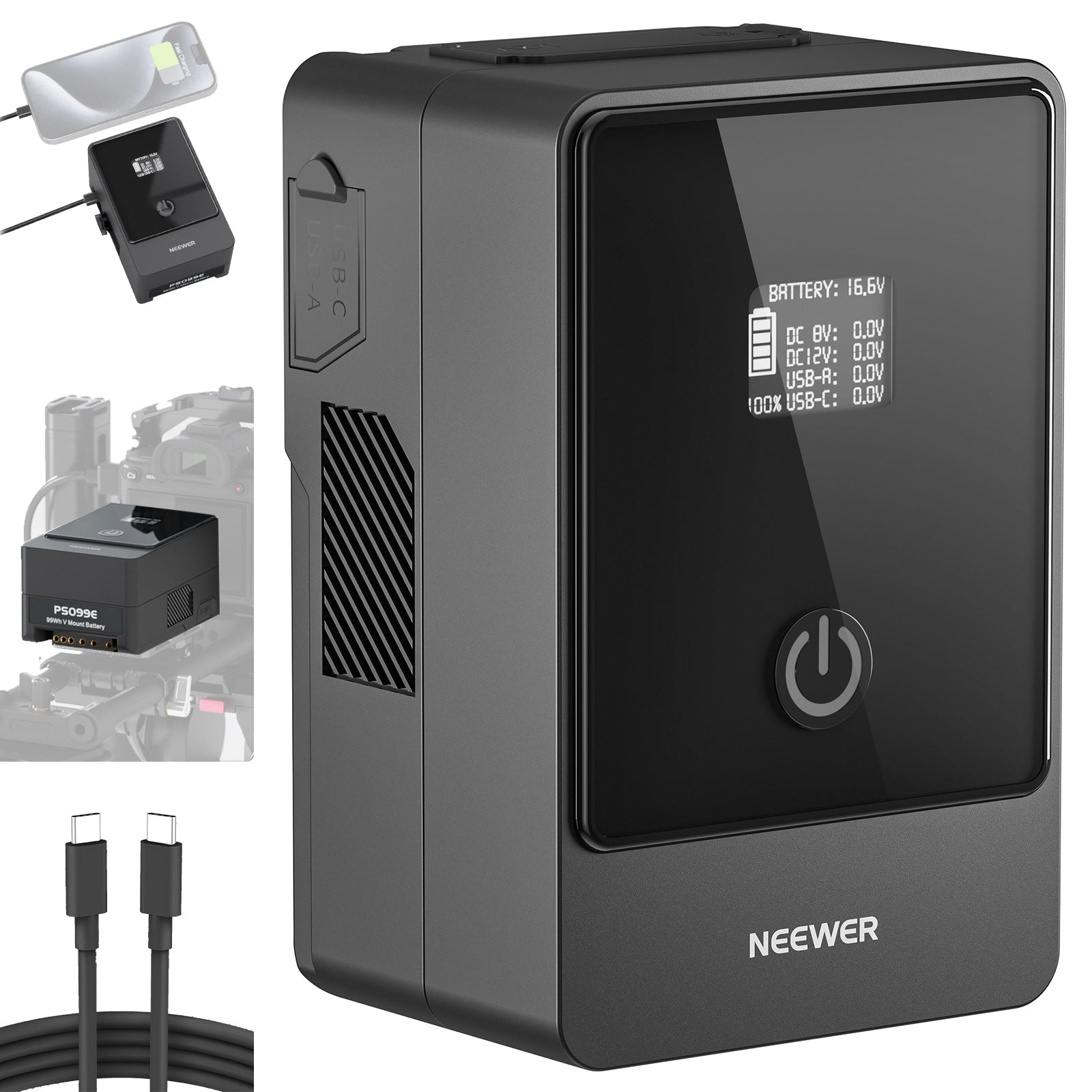Table of Contents
A tripod head allows you to precisely pan, tilt, rotate, and lock your camera position, making your tripod more versatile. Using a high-quality tripod head ensures accurate composition and sharp images during photography and ensures smooth, controllable movement while shooting. To help you choose the right one, in this blog, we've selected the 4 best tripod heads and shared selection tips that we believe will be useful to you.
Quick Overview of Tripod Heads
|
Model |
Item Type |
Load Capacity |
Weight |
|
GM39 |
Tripod Gimbal Head |
13lb/6kg |
9.3oz/265g |
|
TH15 |
3 Way Geared Tripod Head |
13.2lb/6kg |
32oz/906g |
|
GM27 |
Fluid Tripod Head |
8.8lb/4kg |
13oz/370g |
|
GM36 |
Tripod Ball Head |
33lb/15kg |
10.9oz/310g |
Best Tripod Heads in 2025
1. NEEWER GM39 Gimbal Tripod Head

For photographers who frequently use telephoto lenses or enjoy bird photography, the NEEWER GM39 Gimbal Tripod Head is an ideal choice. It features a 360° ball head, a single U notch, and an enlarged knurled knob, enabling seamless switching between vertical and horizontal shooting. Even when mounted on a monopod, it maintains balance to help you capture stable footage.

The NEEWER GM39 Gimbal Tripod Head features a top-mounted Arca-style quick-release clamp, supporting rapid device swaps using Arca-style QR plates. Additionally, a side screw button enables quick locking for swift setup, ensuring you never miss a crucial moment. It also incorporates an integrated Arca-style base, allowing easy attachment to sliders, handles, and more, offering broad compatibility.
Pros:
- Low Profile Ball Head & 360° Pan Base
- Quick Lock Arca Type QR Clamp
- Arca Type Base & 3/8" Bottom Thread
2. NEEWER TH16 3-Way Geared Tripod Head

If you're looking to invest in a tripod head that enables precise fine-tuning, the NEEWER TH16 3-Way Geared Tripod Head can meet your needs. By manipulating the geared pan-tilt head, you can achieve a variety of shooting angles. It features two bubble levels to help you achieve accurate leveling, and you can select either fine or coarse adjustment mode by rotating the mode control knob.

The NEEWER TH16 3-Way Geared Tripod Head features damping friction control and balancing functionality, offering three independent positions for seamless, precise camera positioning. Its standard Arca-style dovetail slot design ensures broad compatibility, allowing you to use your camera on other equipment without swapping quick-release plates.
Pros:
- Precise Fine Tuning/Significant Adjustment
- 360° Panoramic Arca Type QR Plate
- Achieve Flexible Camera Angles
3. NEEWER GM27 Tripod Fluid Head

The NEEWER GM27 is a fluid tripod head that allows precise adjustment of lens direction within a 10°/-10° range. It features a graduated pan base and fixed friction damping for smooth movement. The kit includes a removable telescoping handle that can be mounted on either the left or right side of the head and adjusted to your preferred length. The NEEWER GM27 tripod head will be a great asset during video shoots.

The NEEWER GM27 Tripod Fluid Head is compatible with the Arca-Swiss quick-release system. You can attach the quick-release plate to your camera via the top 1/4-inch screw, then slide the camera into the fluid head. This enables quick switching between handheld and tripod shooting modes, adapting to different shooting scenarios and requirements.
Pros:
- Ball Base for Quick Leveling
- Mini Size Yet Mighty Load
- Detachable Telescopic Handle
4. NEEWER GM36 Tripod Ball Head

If you're looking for a tripod head with excellent load capacity and more focus on quick operation rather than precision, the NEEWER GM36 Tripod Head is an excellent choice. This low-center-of-gravity, all-metal ball head can support equipment weighing up to 33 pounds and is exceptionally durable.

The NEEWER GM36 Tripod Ball Head is also extremely easy and quick to operate. Simply tighten the screw knob to lock it securely in place. Once mounted, it enables smooth panoramic shots and allows for rapid switching between horizontal and vertical orientations, helping you capture satisfying photos.
Pros:
- 360° Panning Base & 90° Tilt Notch
- Low Center of Gravity for More Stable
- Supporting Up to 33lb/15kg
How to Choose the Right Tripod Head
1. Consider Your Shooting Style
Your shooting style is the first thing to think about when picking a tripod head. A ball head works great if you travel often, shoot on the move, or need to change framing quickly, since it lets you adjust angles with one simple knob. If your work is more controlled—like product, studio, or architectural photography—a pan-tilt or geared head will give you the fine precision you need. Videographers should go for fluid heads because they provide that smooth cinematic motion when panning or tilting. Matching your head to your style ensures the tripod works with you, not against you.
2. Look at Compatibility and Plates
Not all tripod heads work seamlessly with every system, so compatibility should never be overlooked. Most tripods use a standard screw size, but the real difference comes from quick-release plates. If you already have cages, sliders, or other rigs, it’s smart to stick with the same plate type so you can swap cameras quickly without fuss. Choosing a head with universal or matching plate systems saves time, weight, and hassle during shoots.
3. Match the Weight Capacity
A tripod head needs to support the weight of your gear comfortably. Lightweight ball heads can handle small mirrorless cameras, but if you’re mounting a DSLR with a telephoto lens, you’ll need something stronger. Overloading a head leads to sagging, wobbling, or even damage to your camera. Gimbal heads are built specifically for heavy telephoto setups, making them ideal for sports and wildlife photography. Always check the load capacity listed and choose a head that exceeds your current gear weight. This ensures both stability and safety when shooting in different conditions.
4. Think About Speed vs Precision
Speed and precision rarely come together in one tripod head, so it’s important to decide which matters most to you. A ball head allows you to move quickly, set up shots on the fly, and adapt to fast-changing environments. Gimbal heads also offer fast movement for action photography. If you need controlled, exact framing—like aligning horizons in landscapes or adjusting lines in architecture—then a geared or pan-tilt head is the smarter choice. These heads move more slowly, but they give you total control over composition. Picking between speed and precision helps you avoid frustration in the field.

